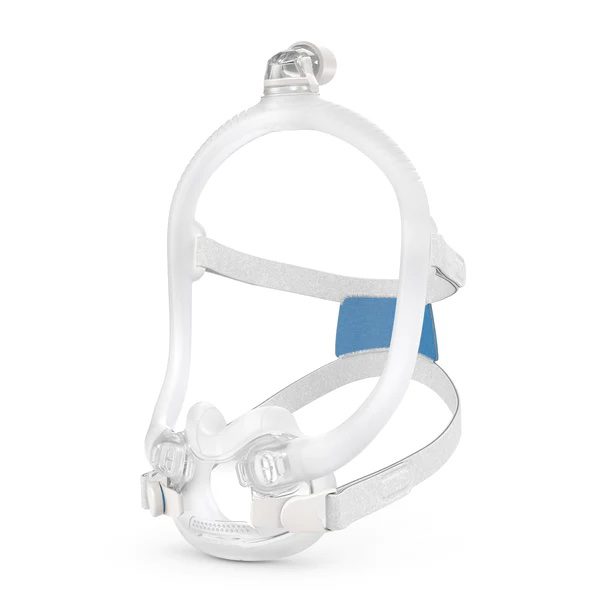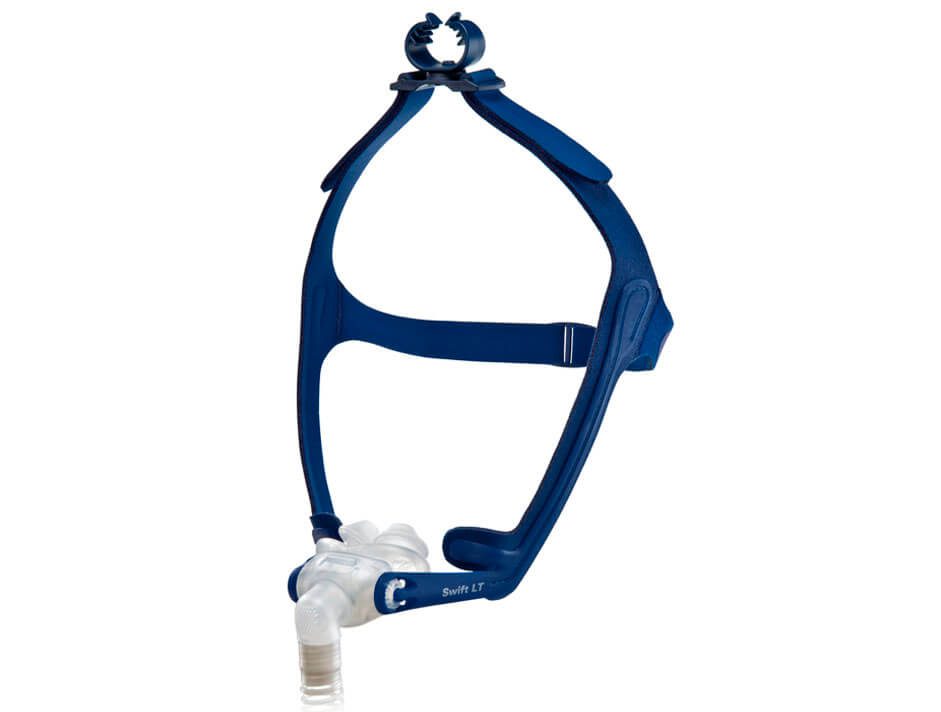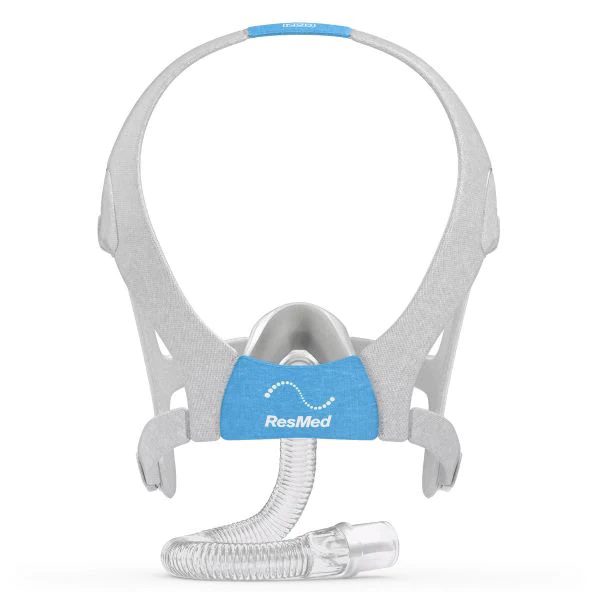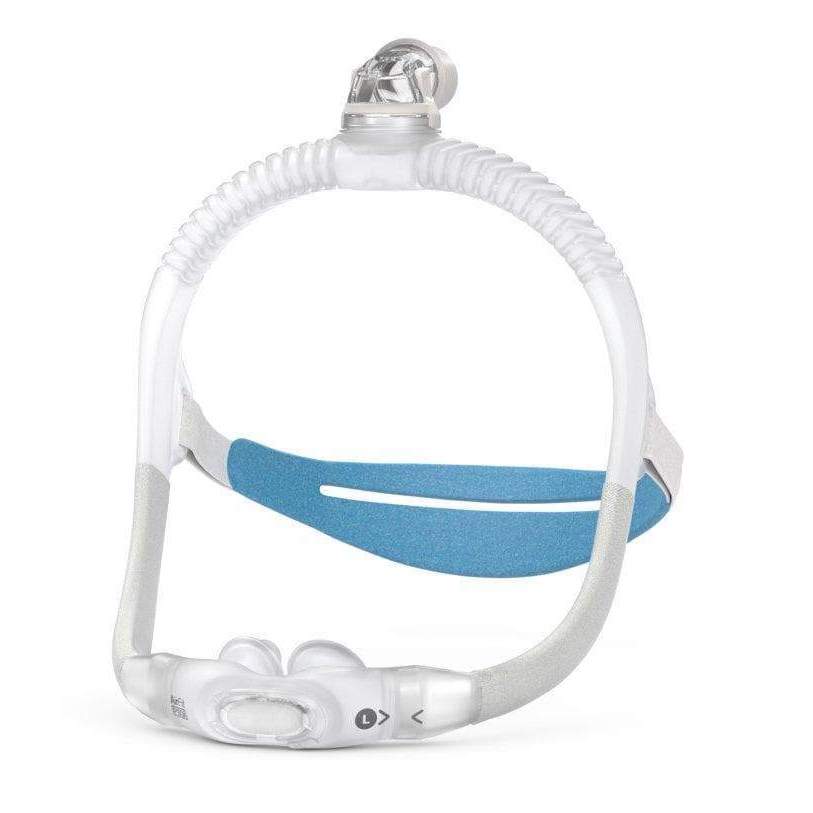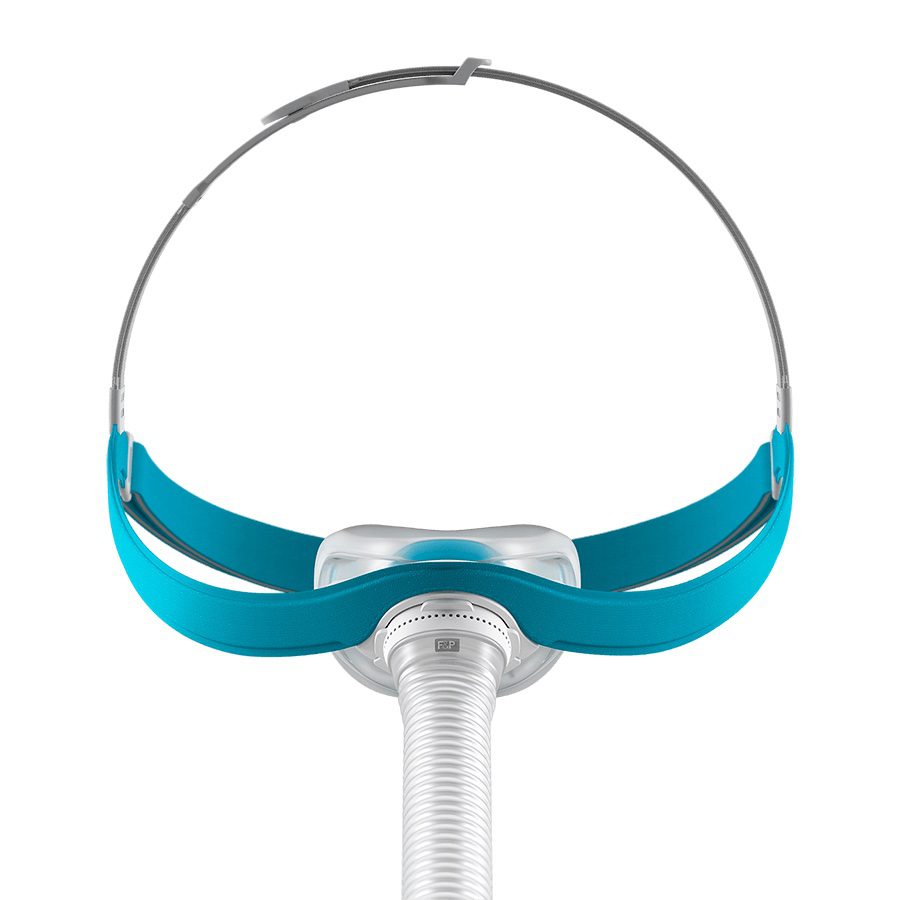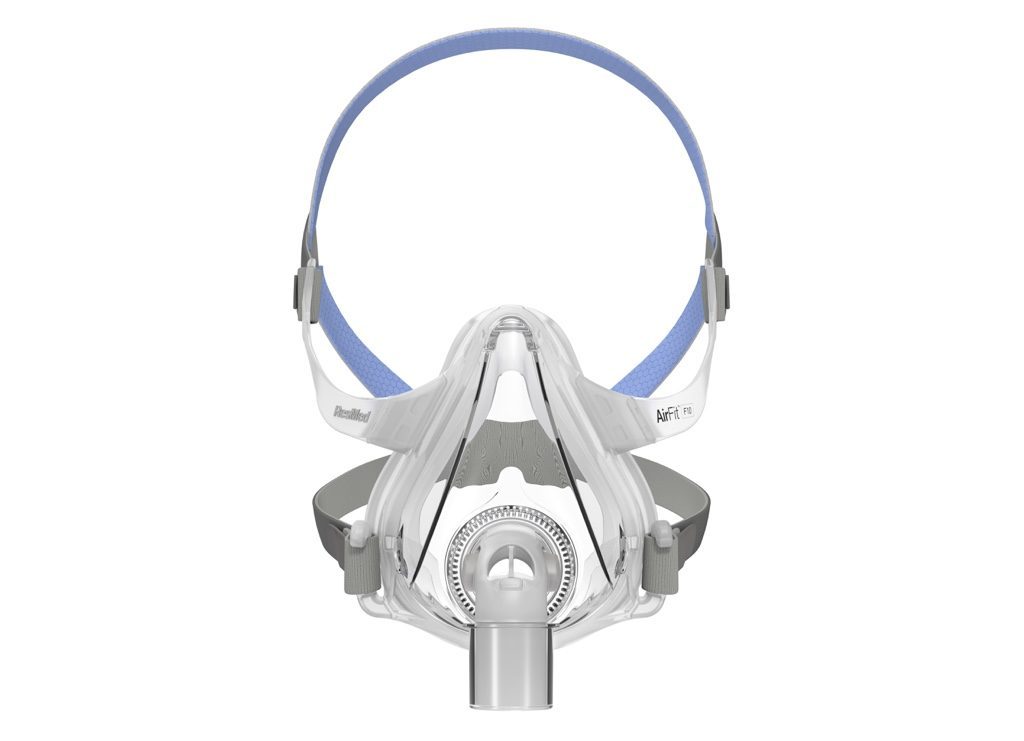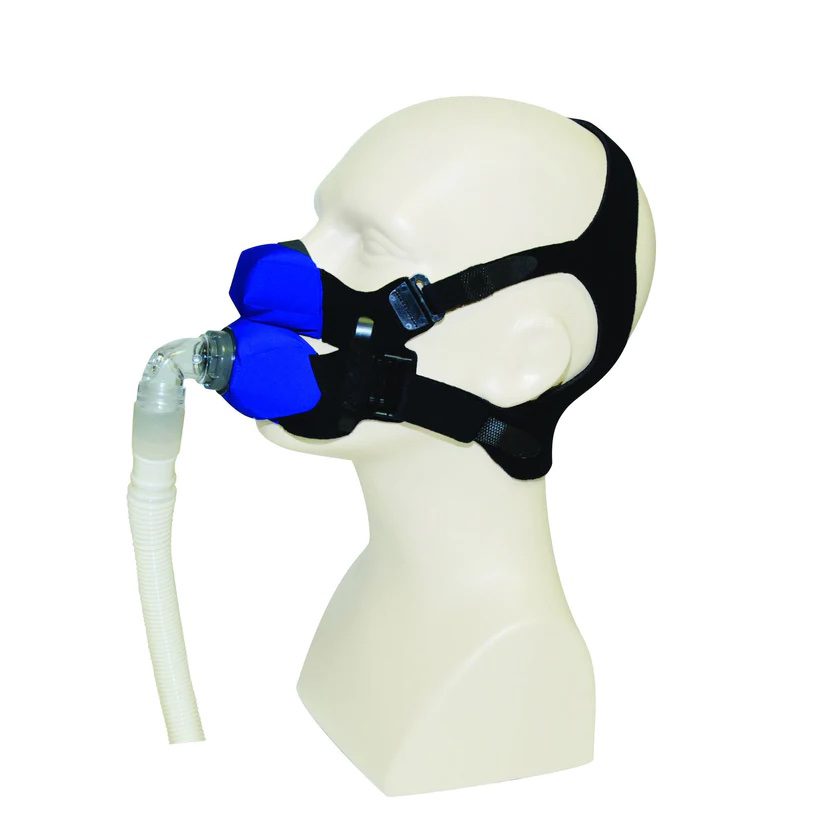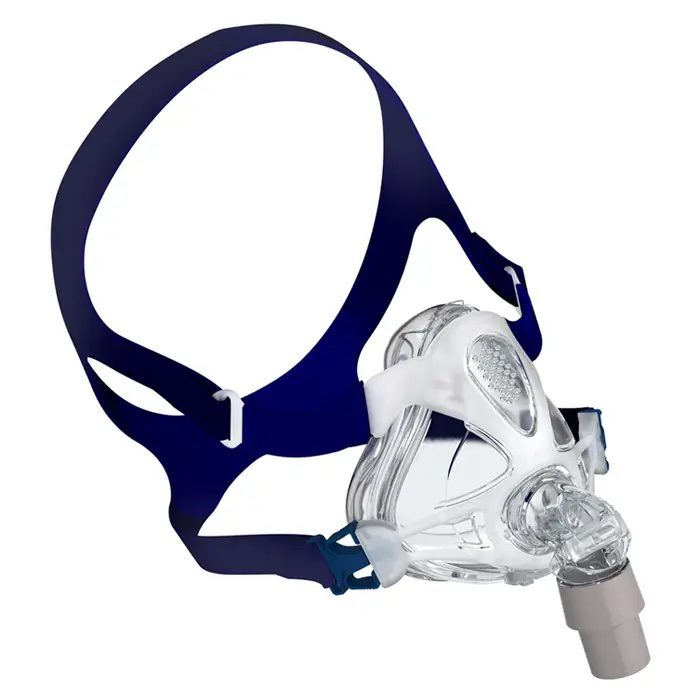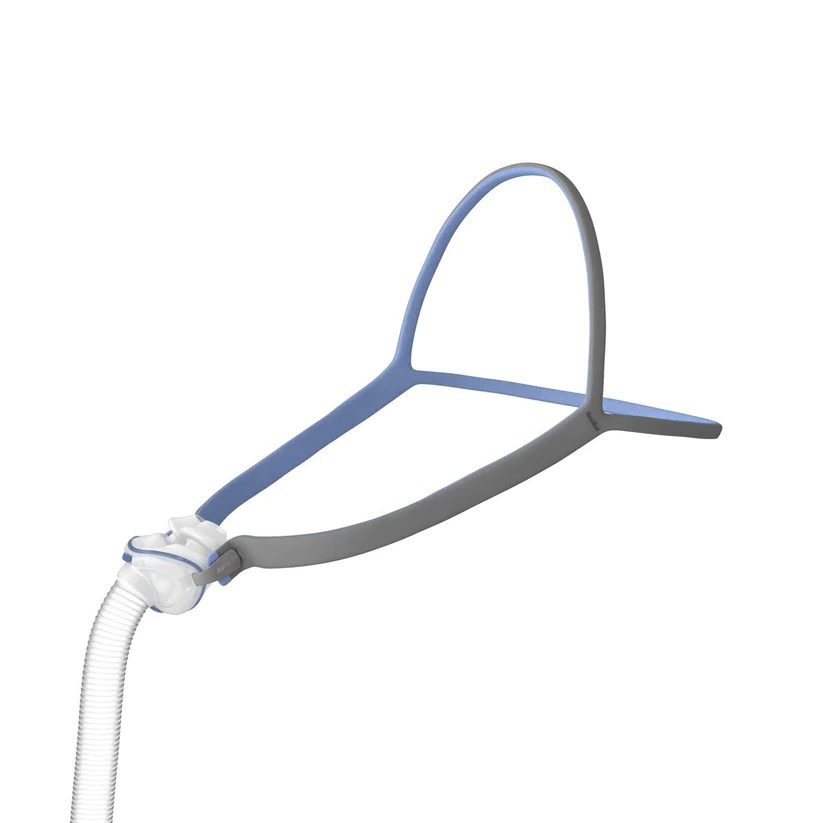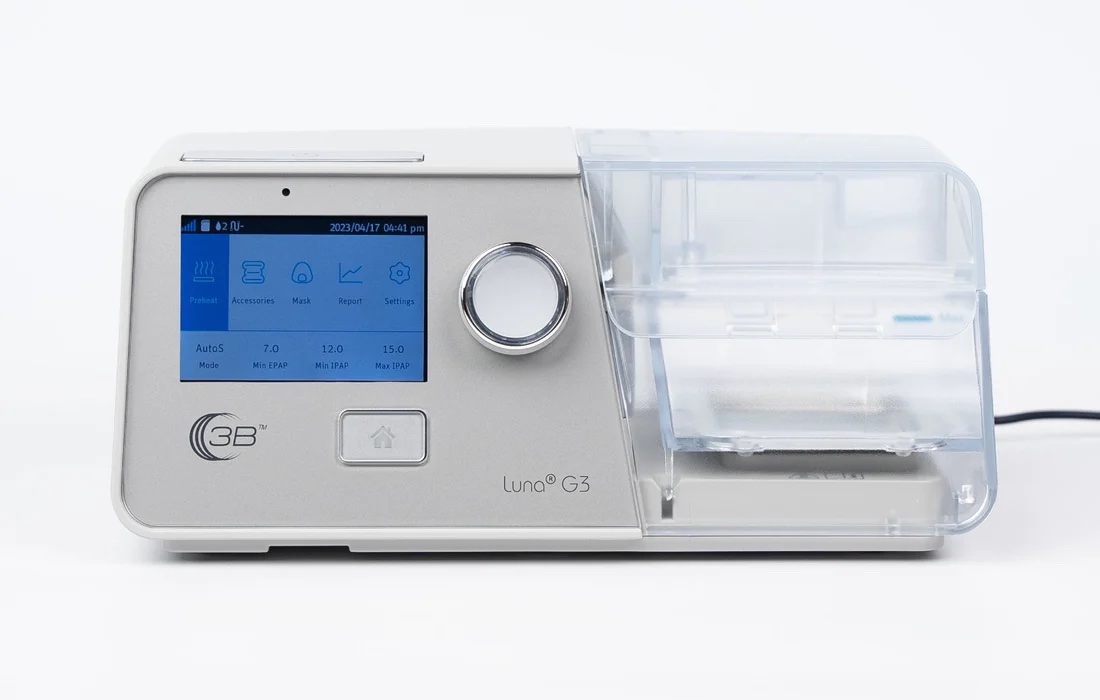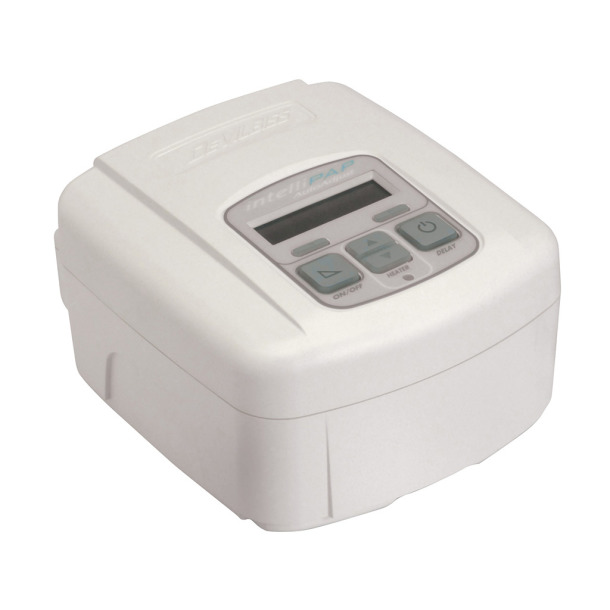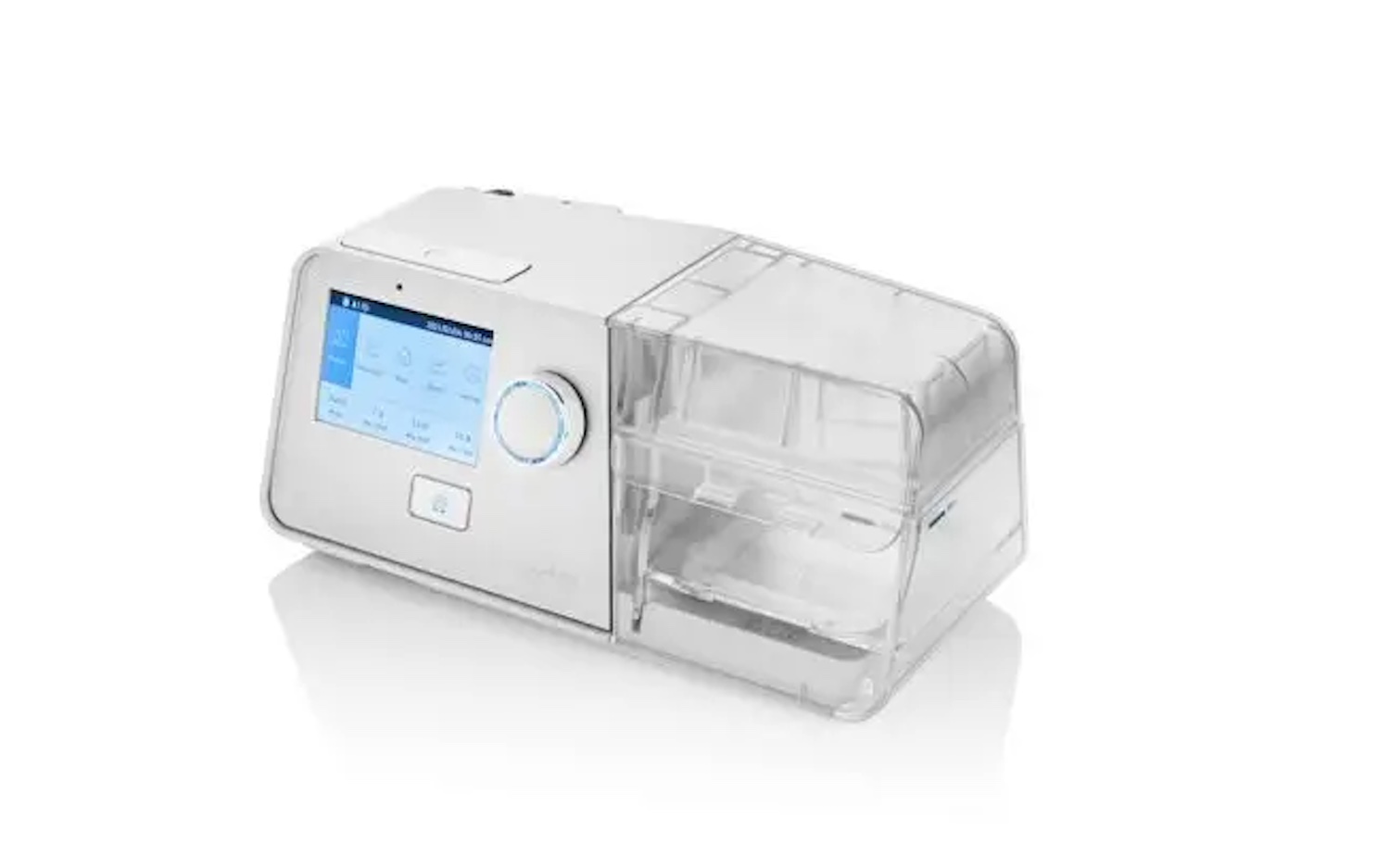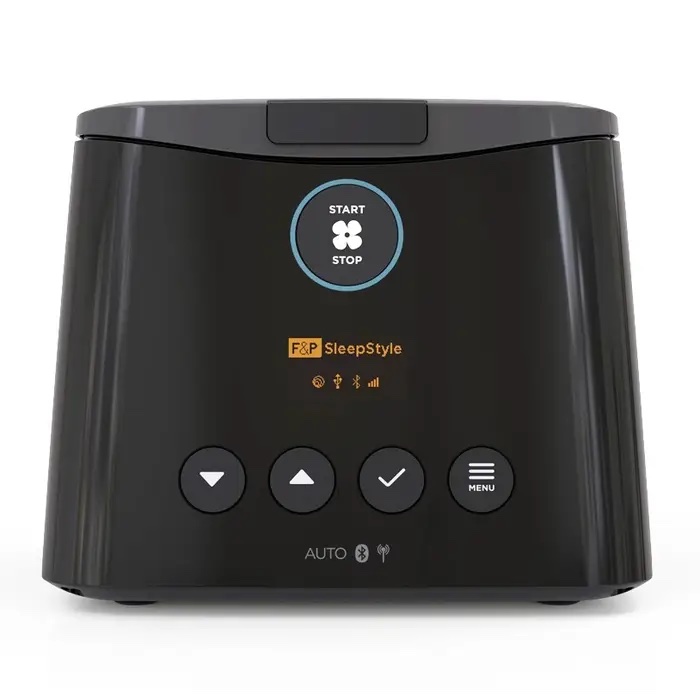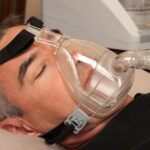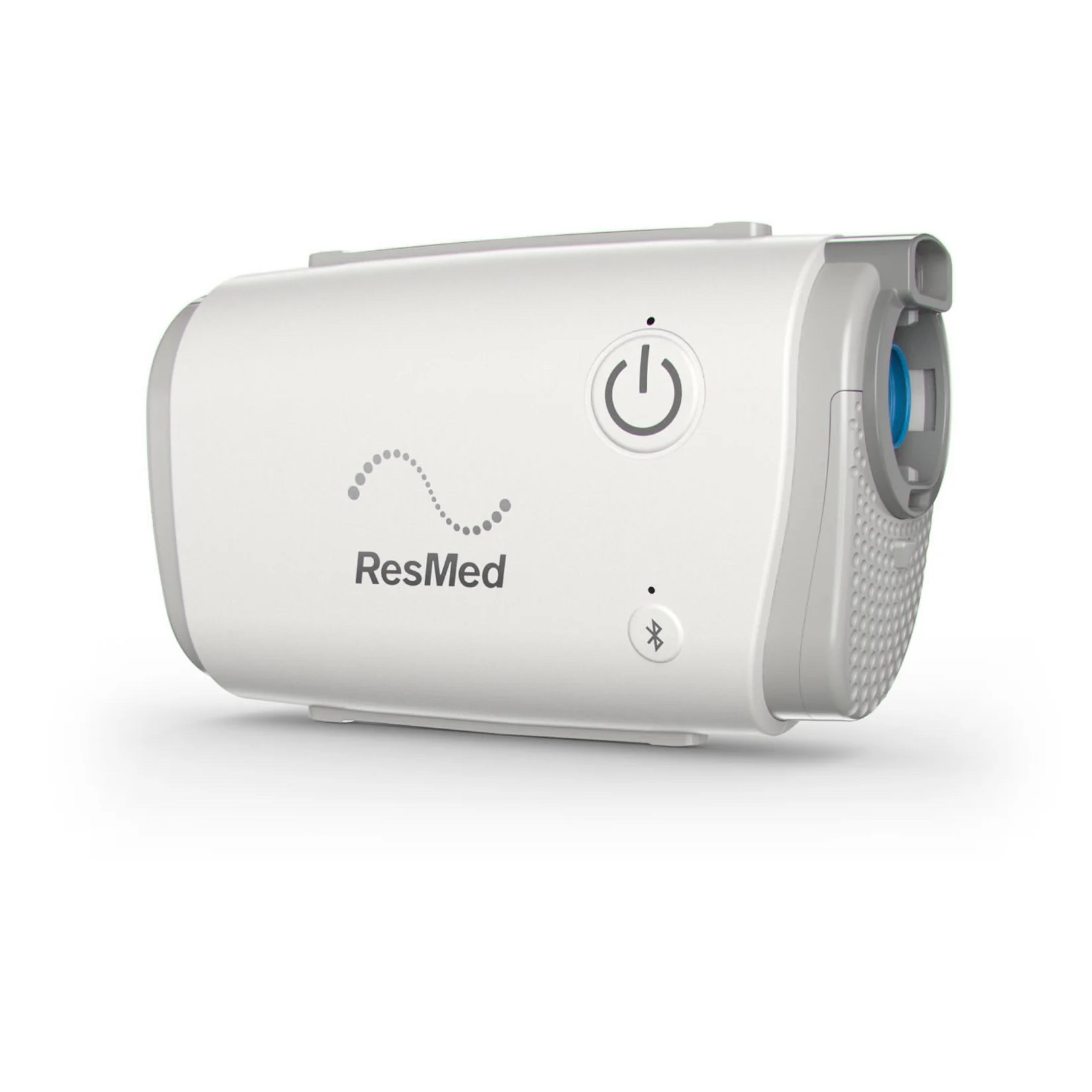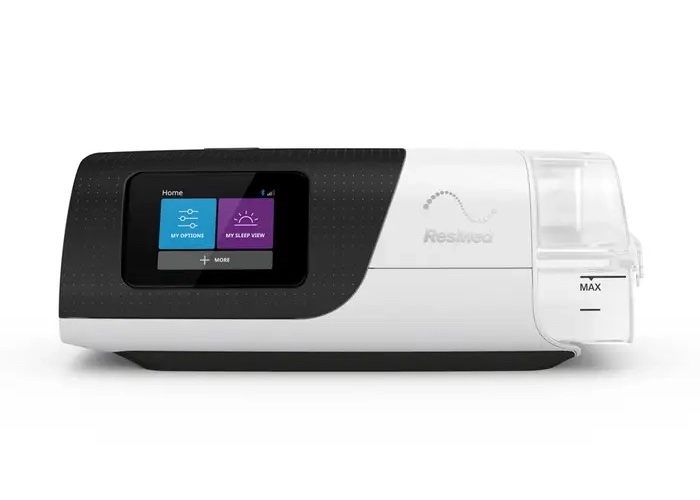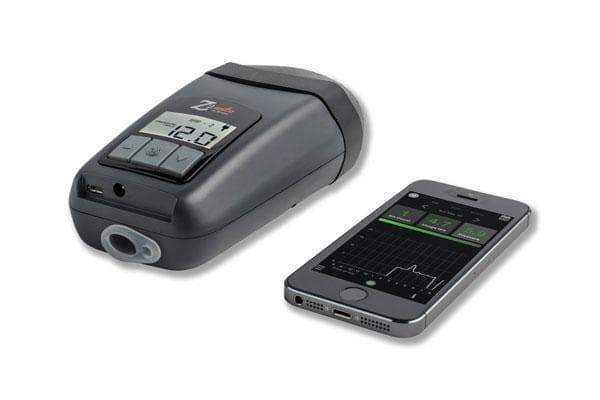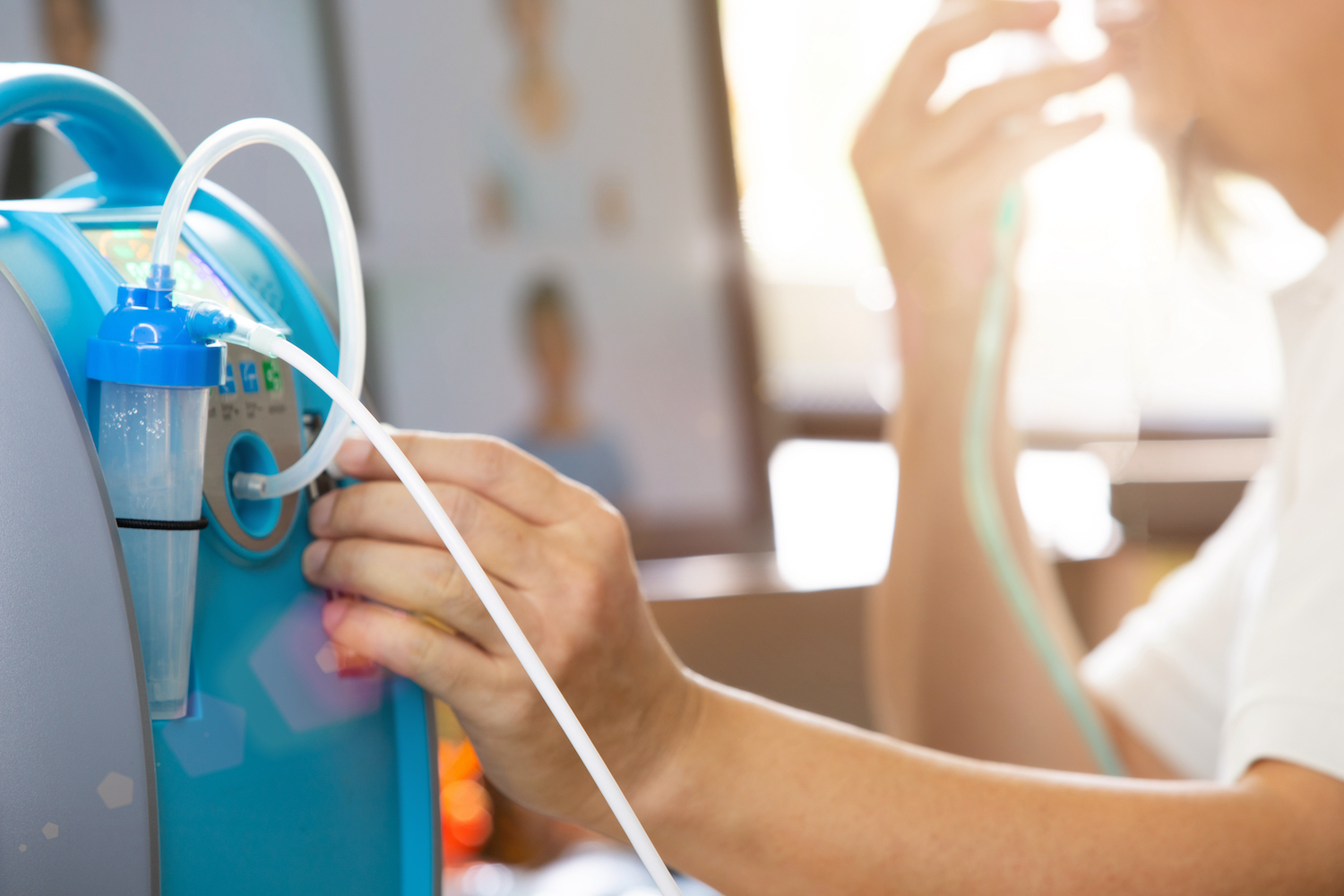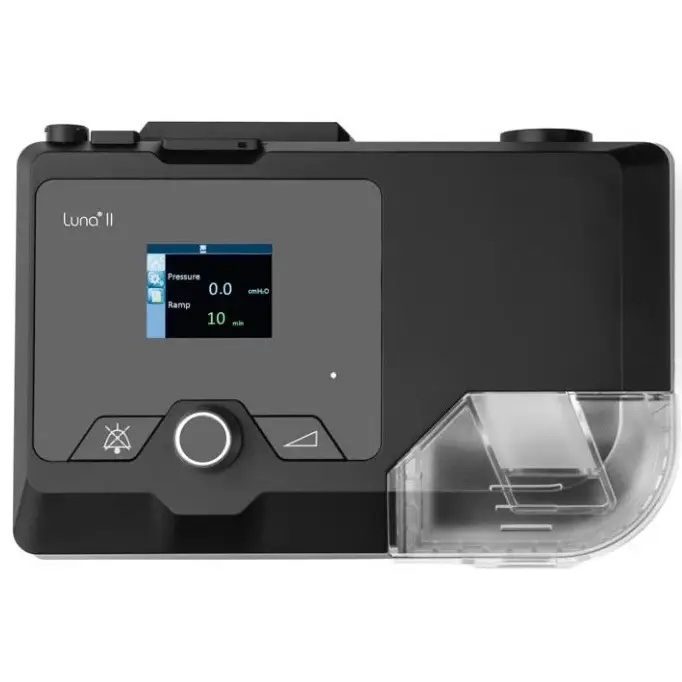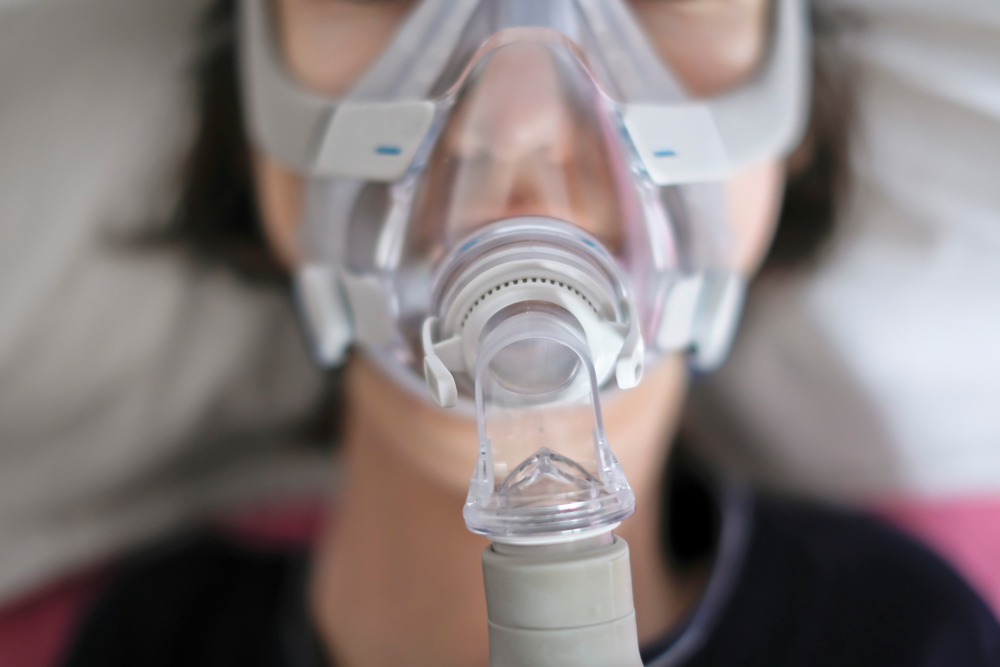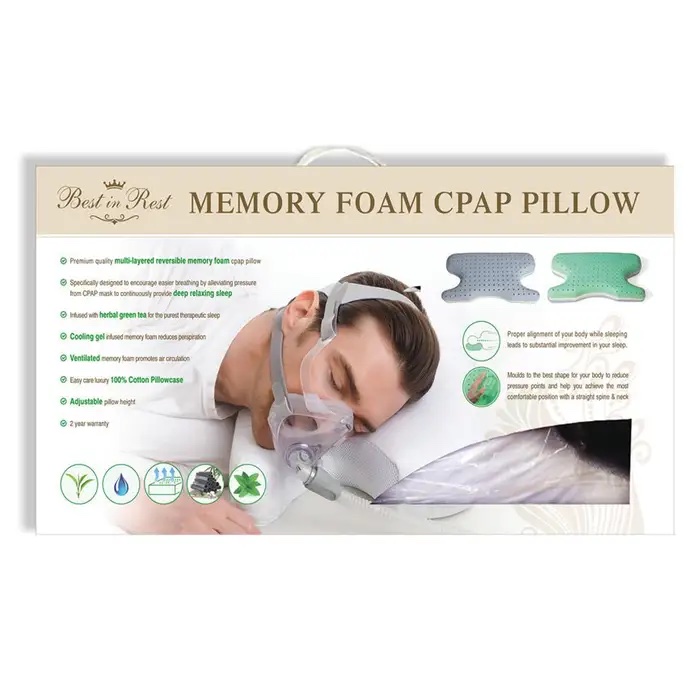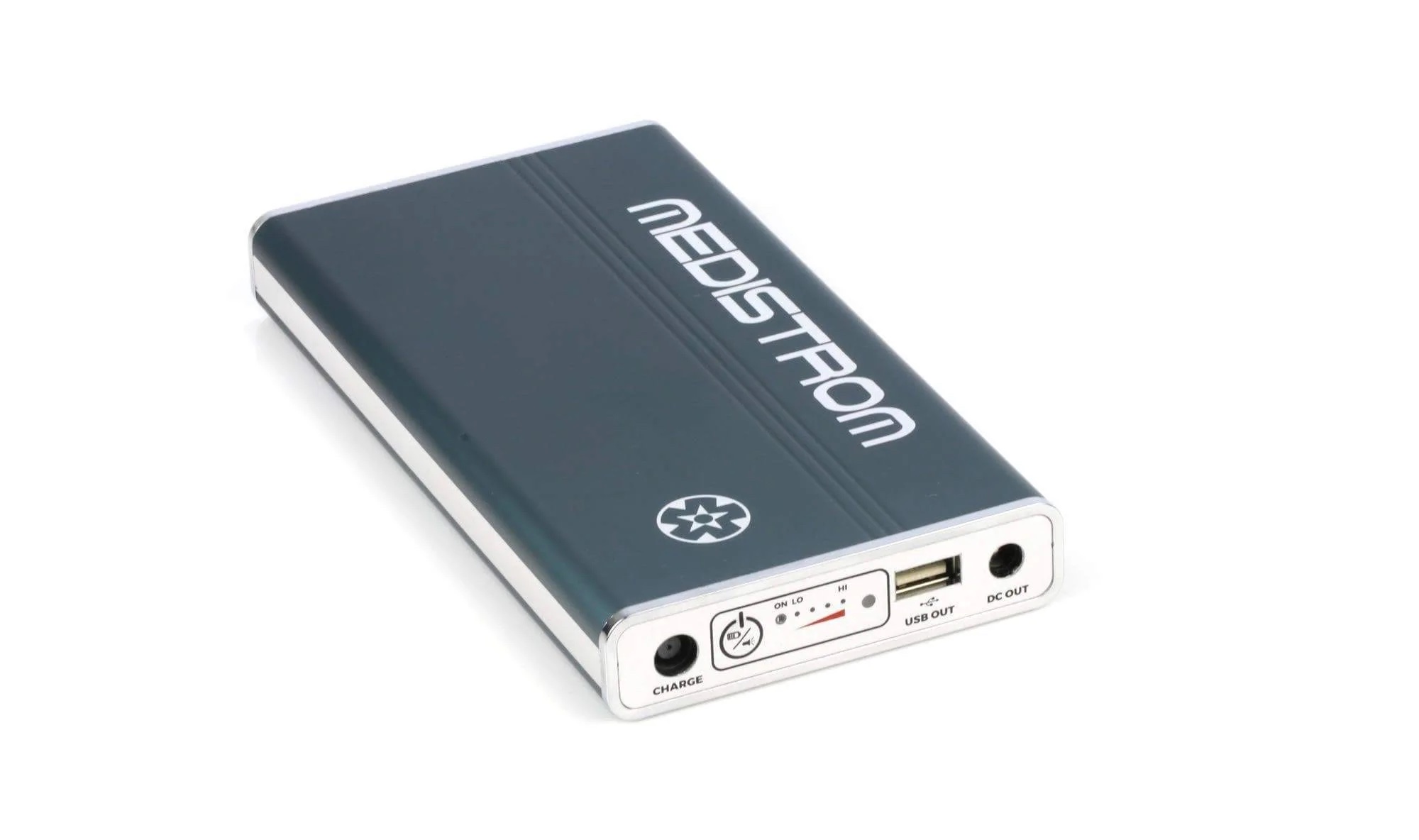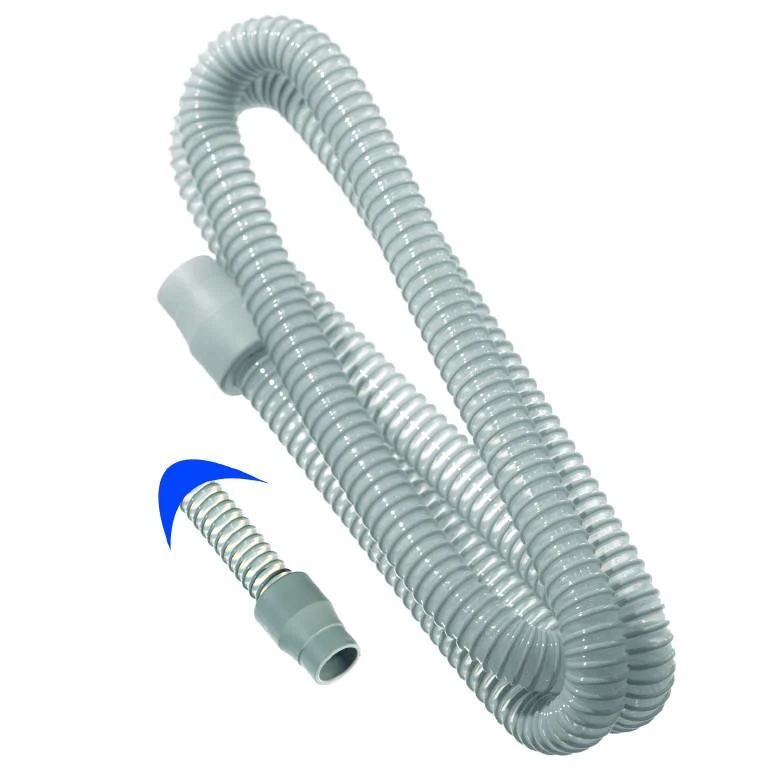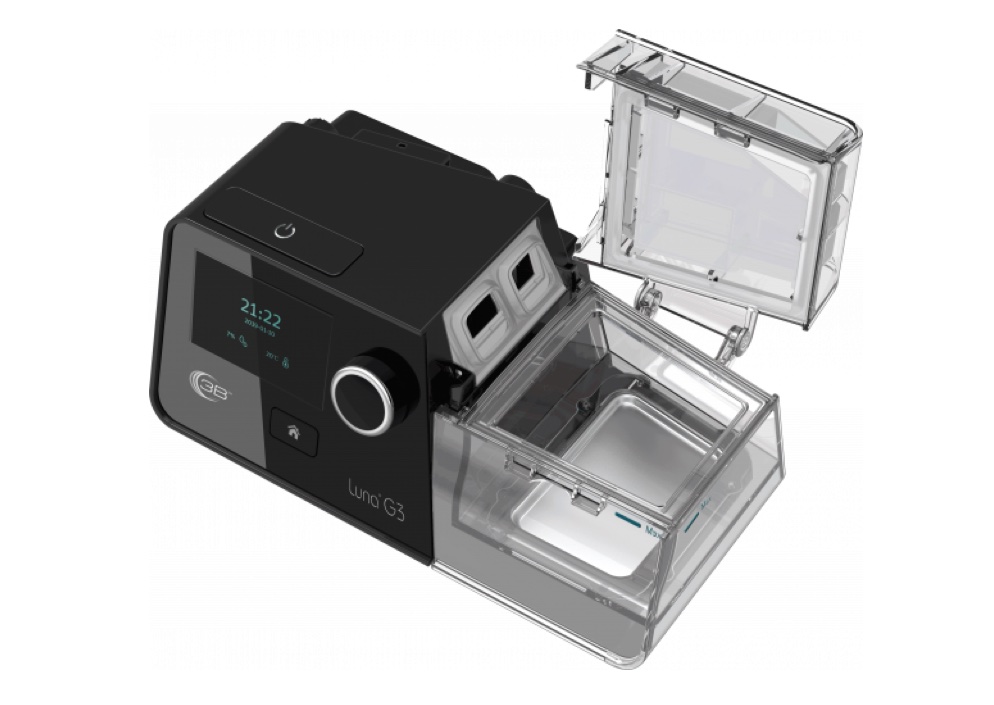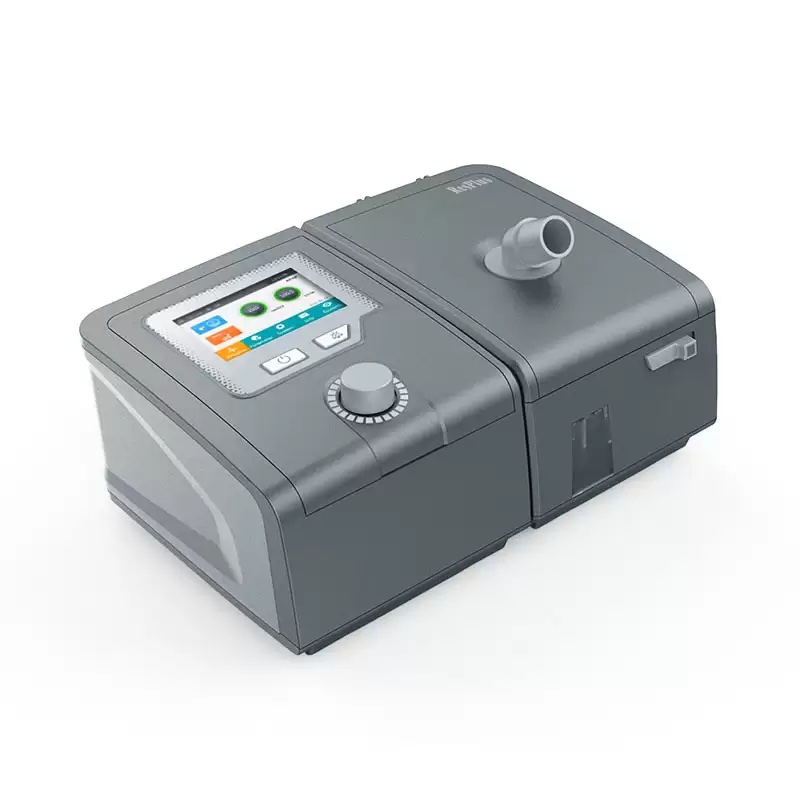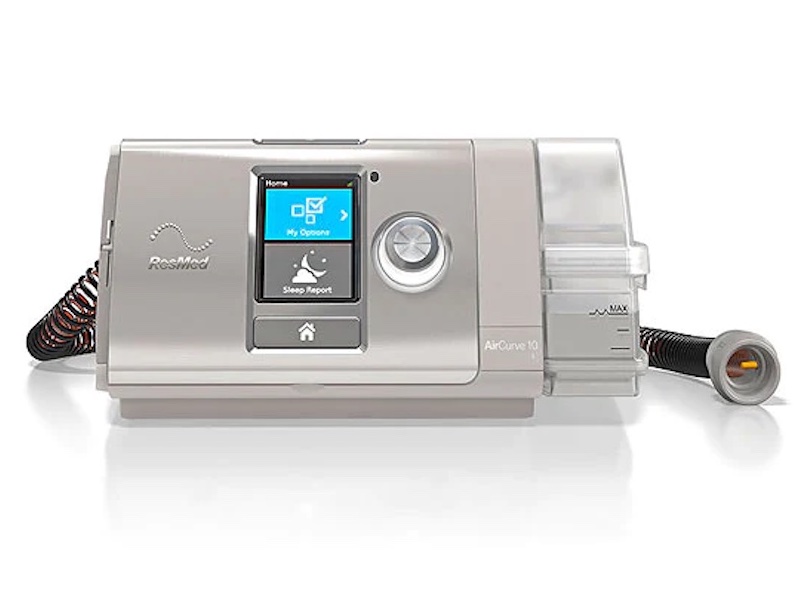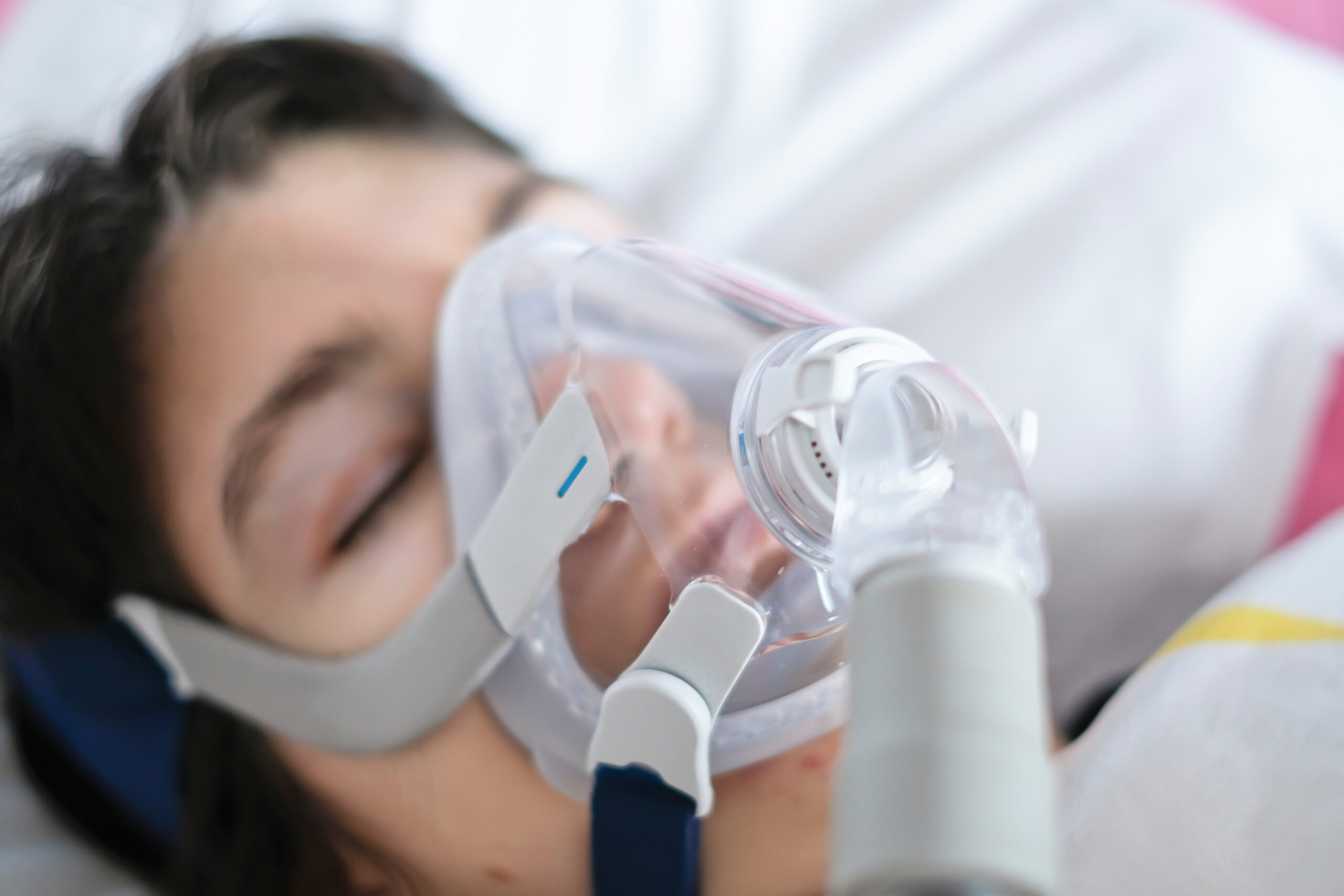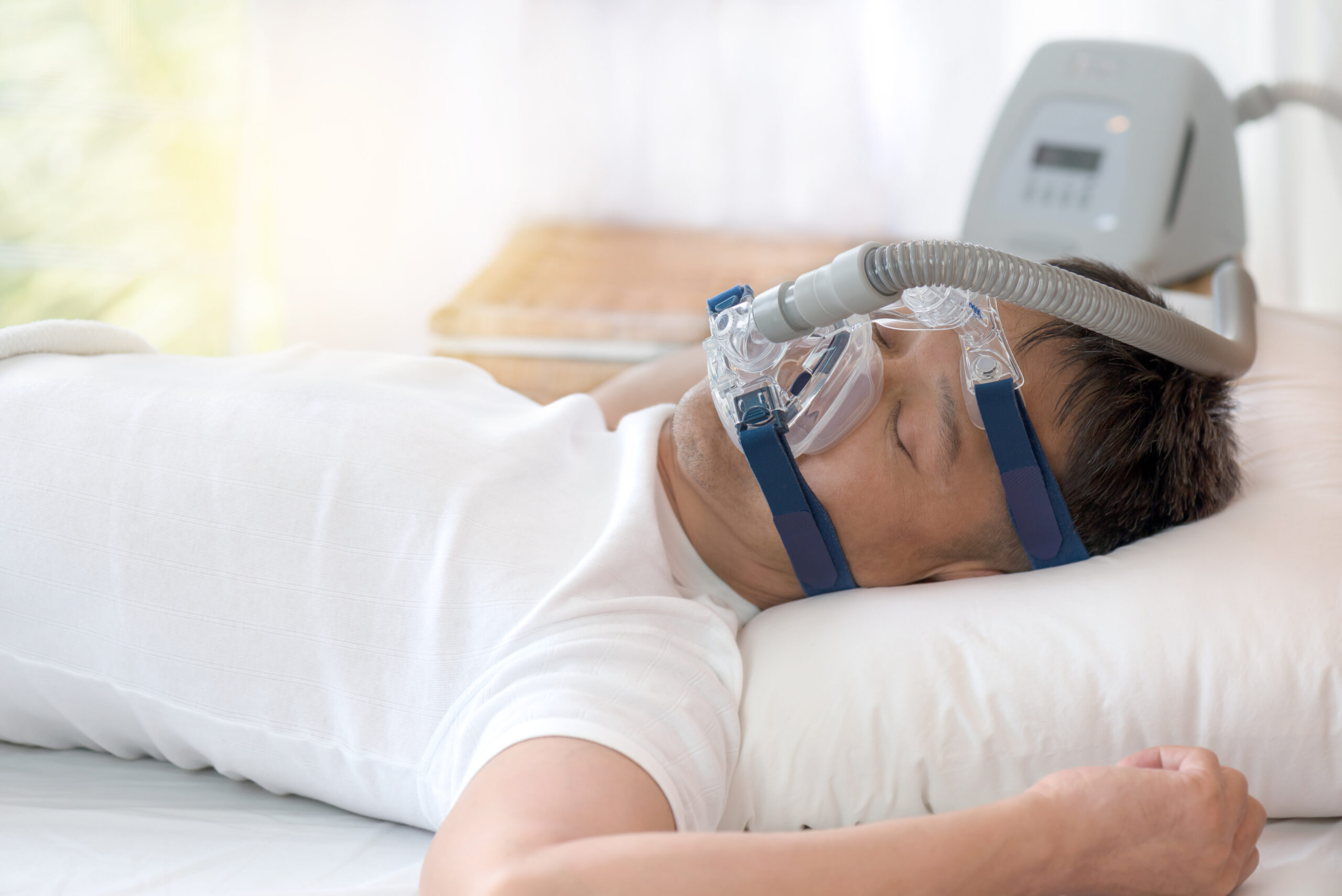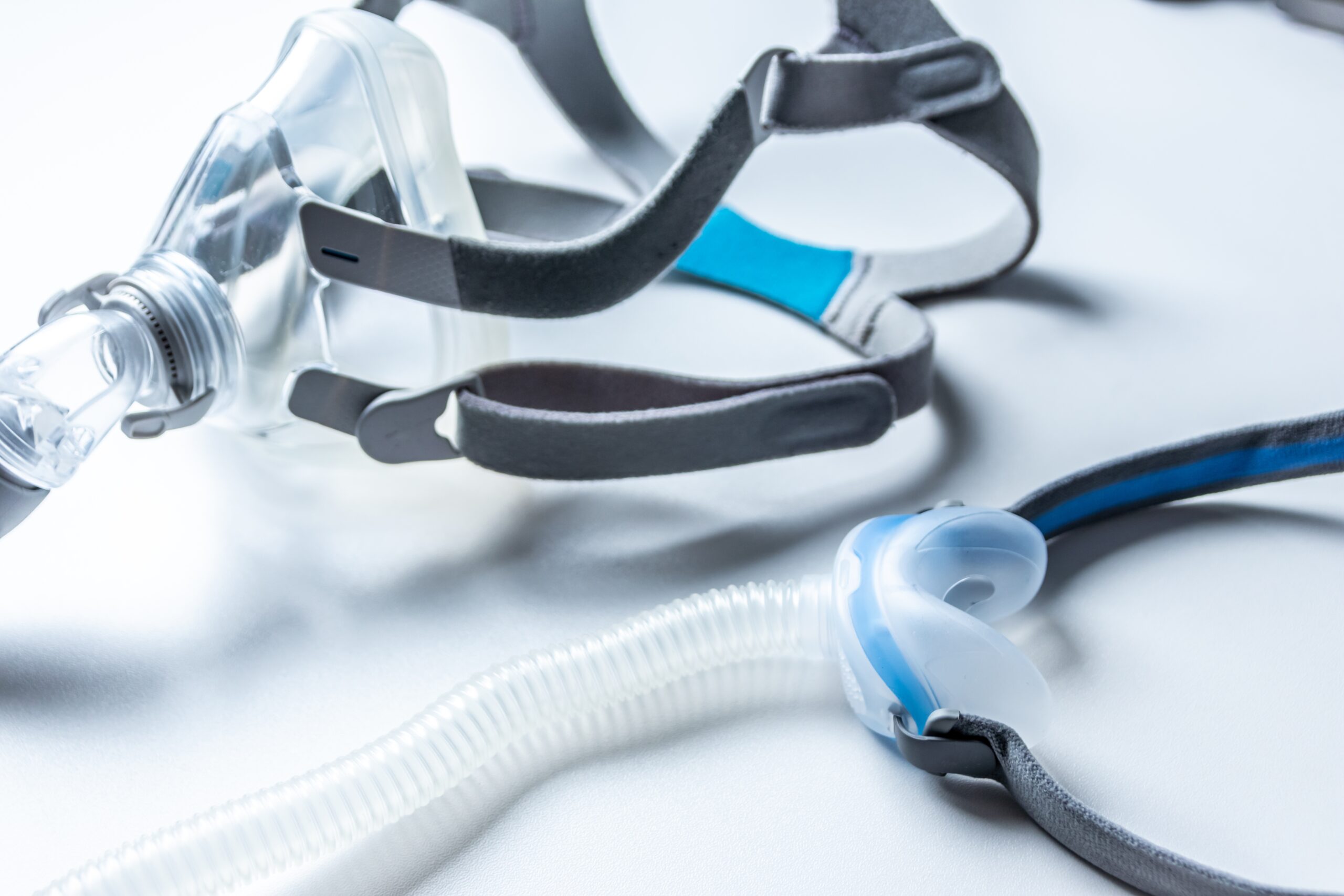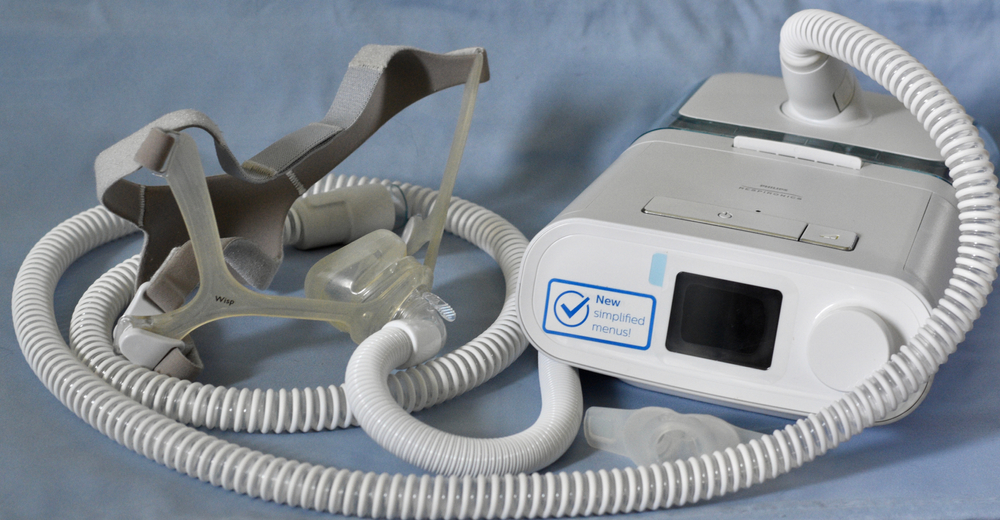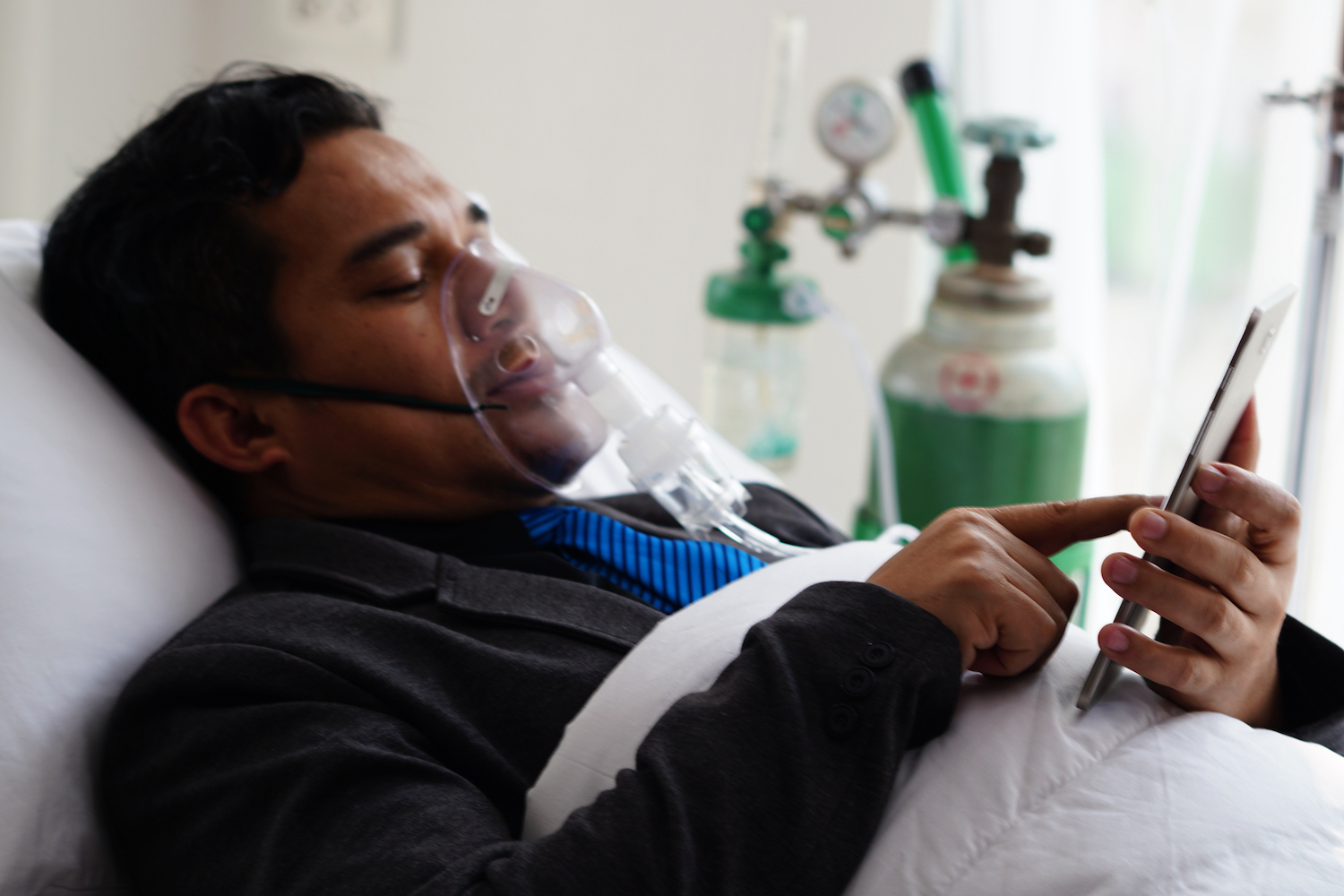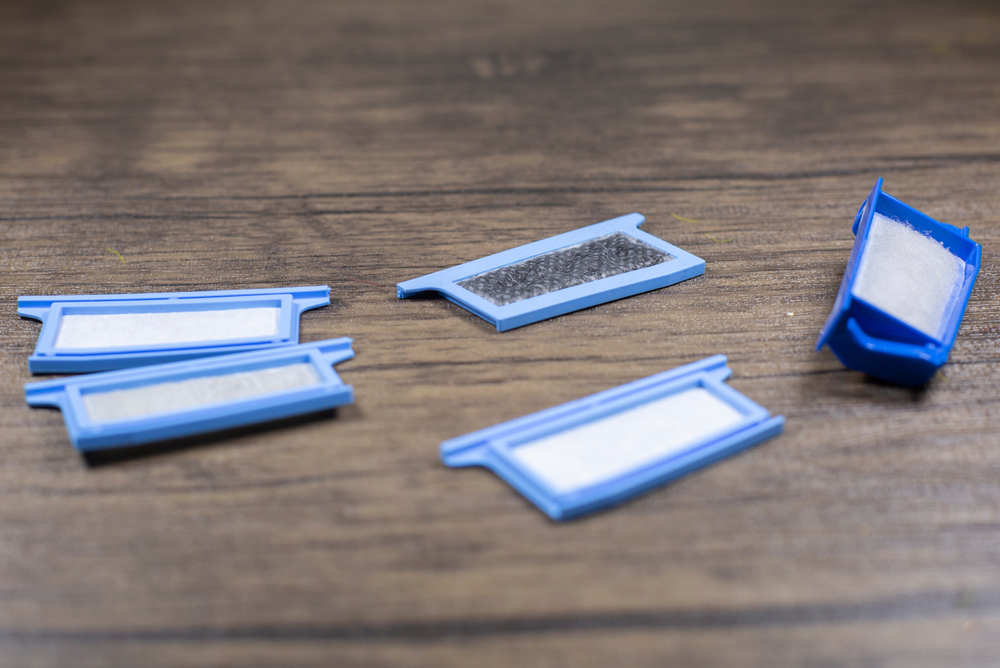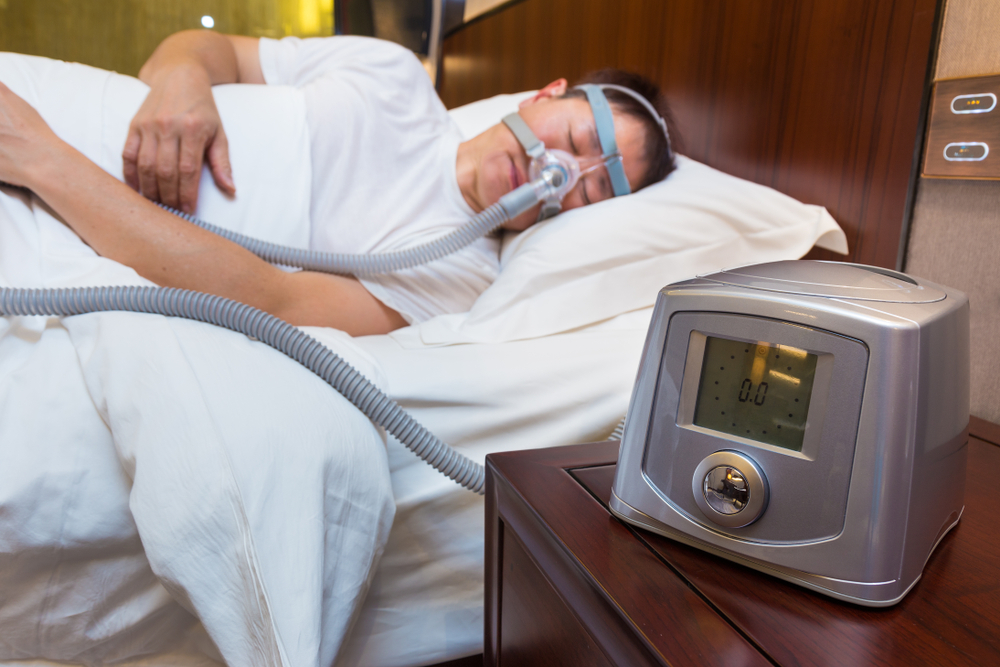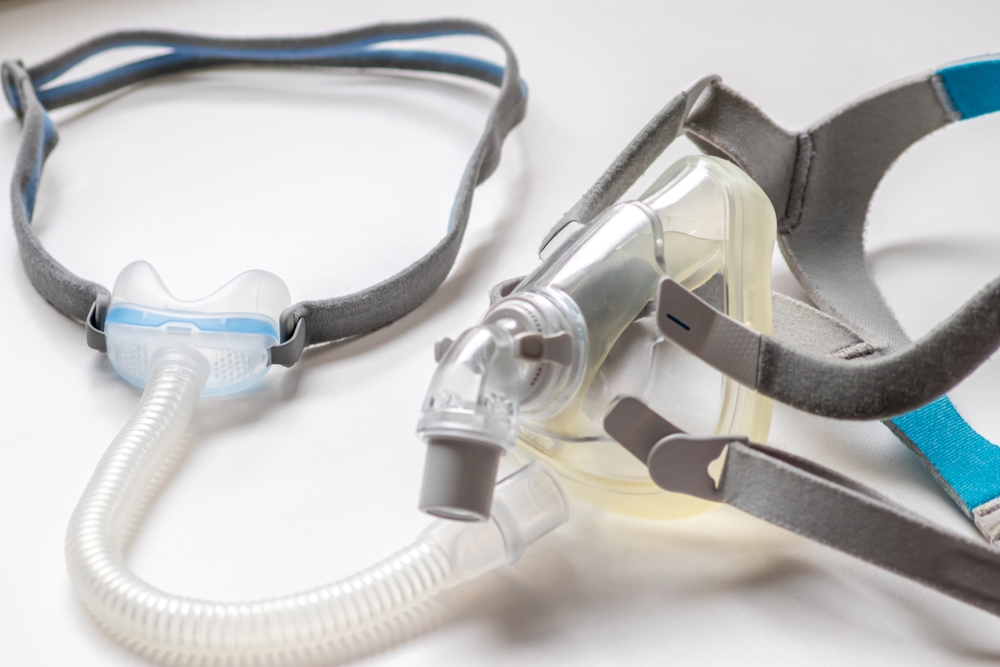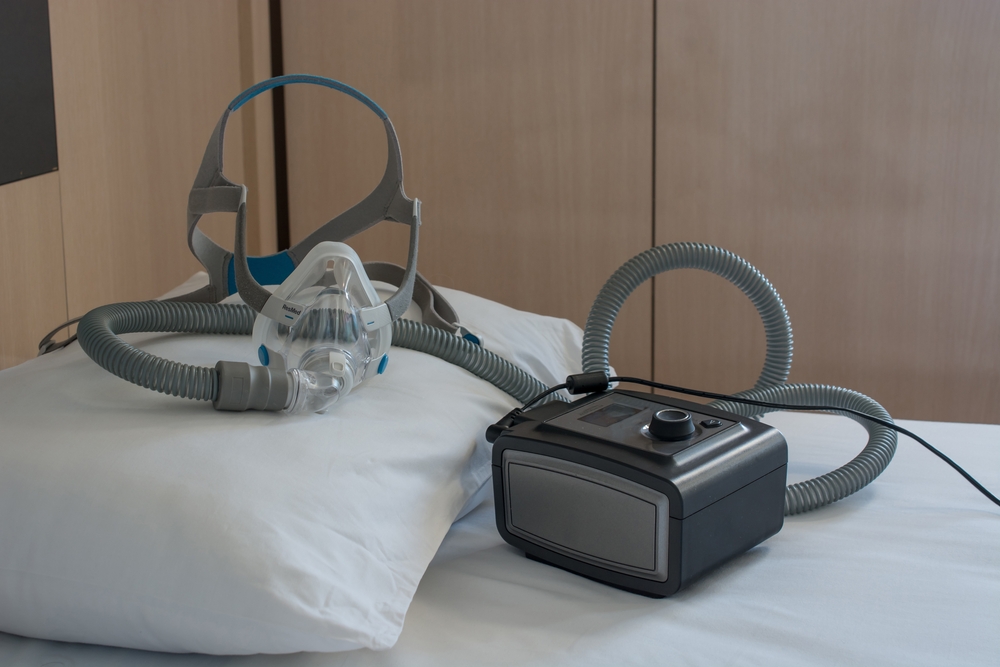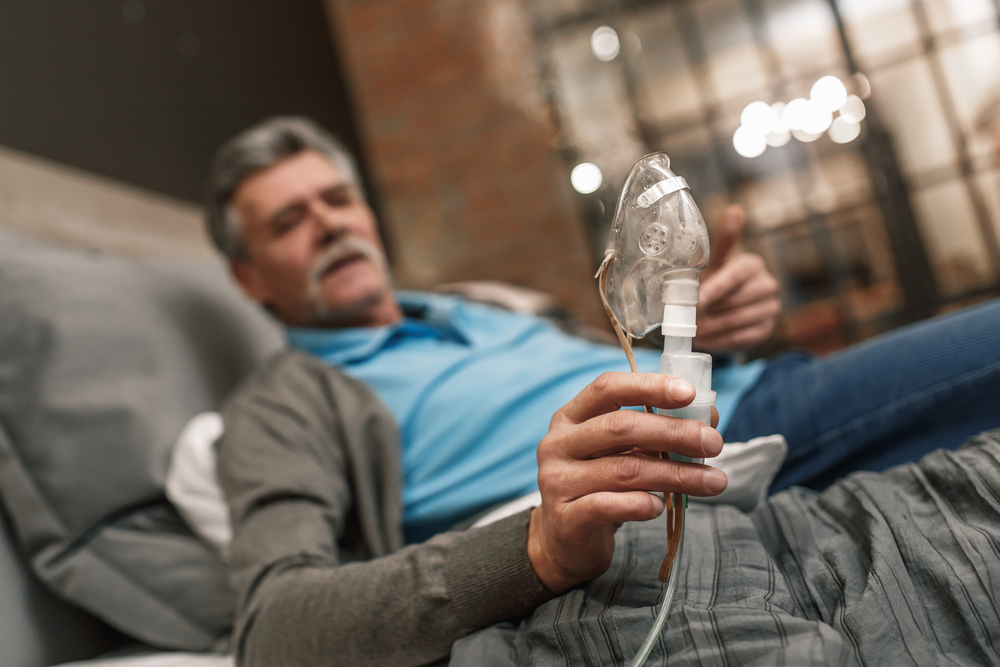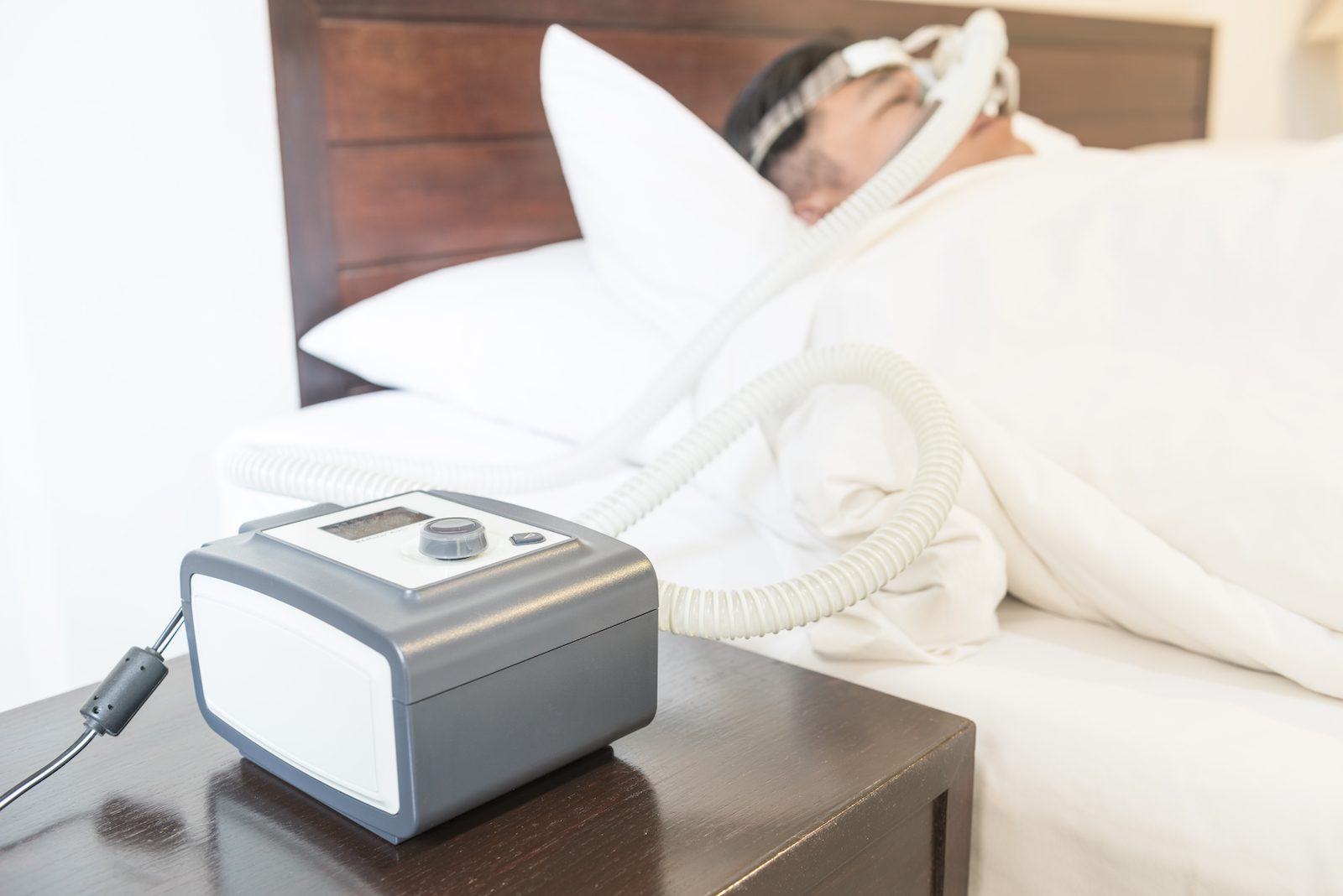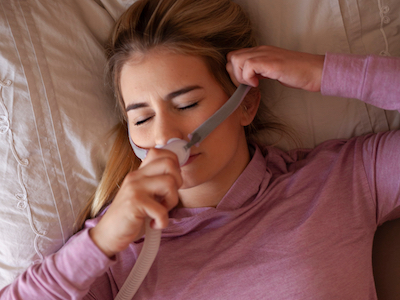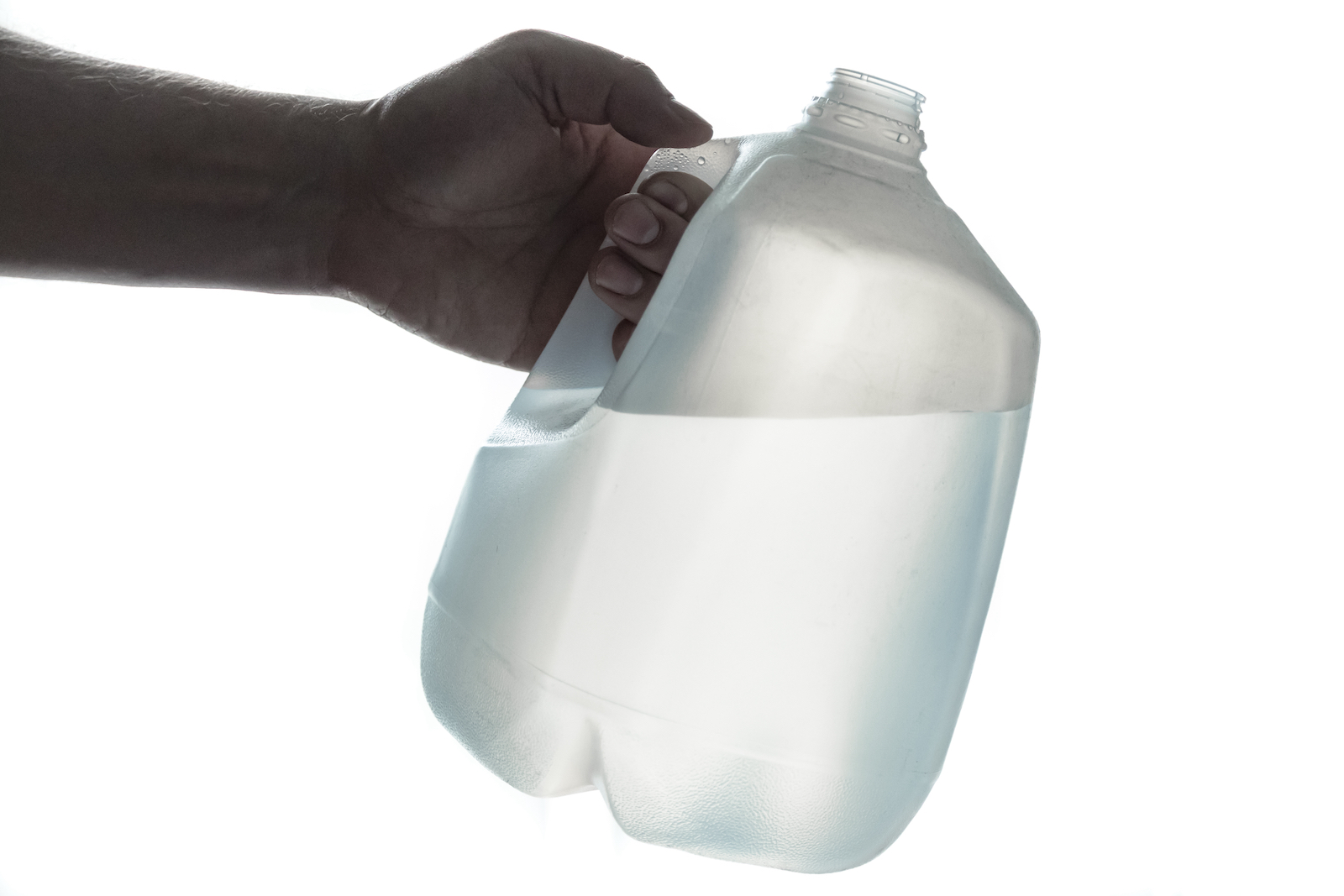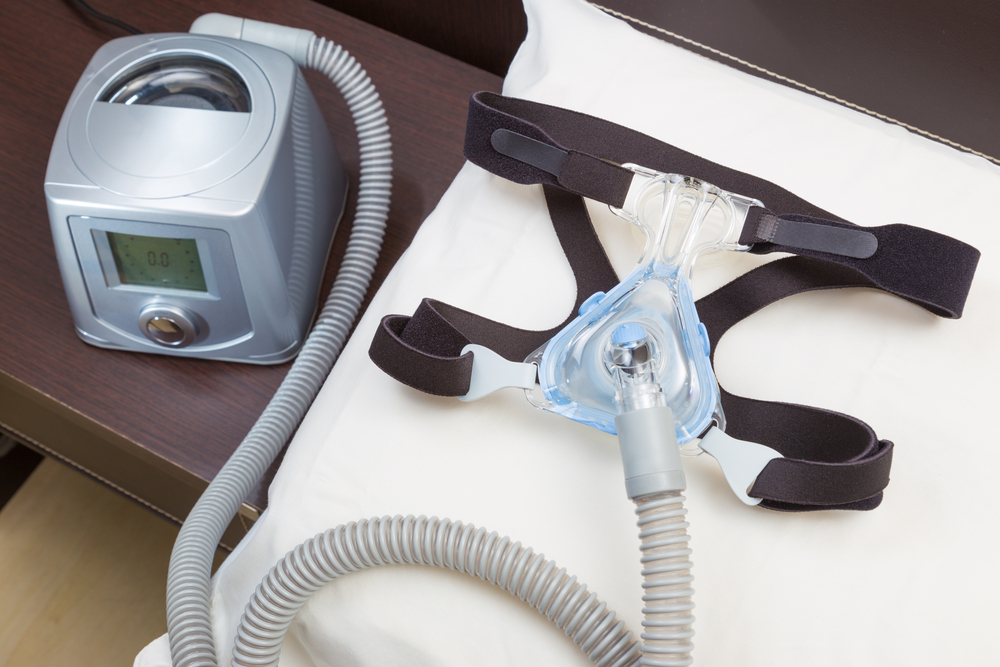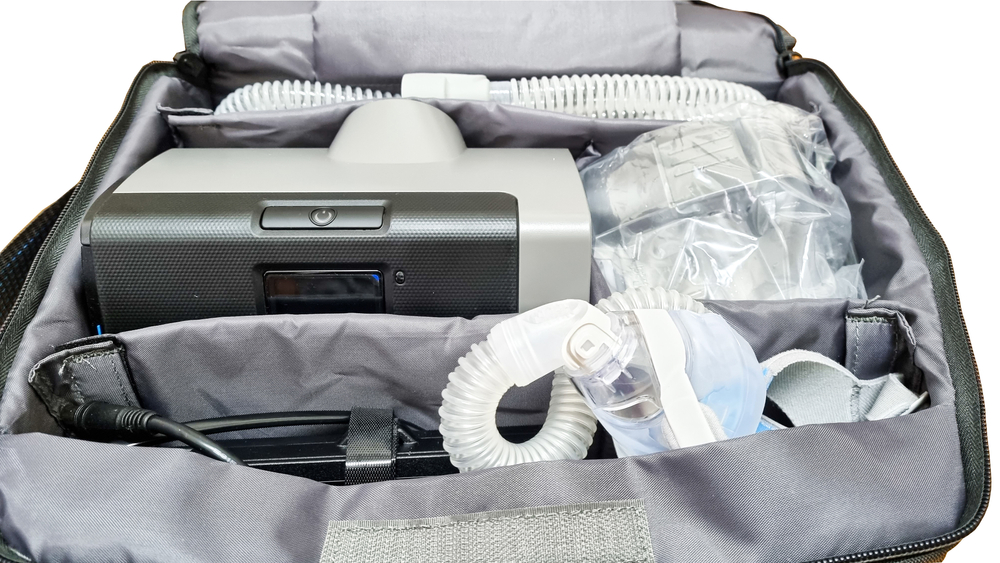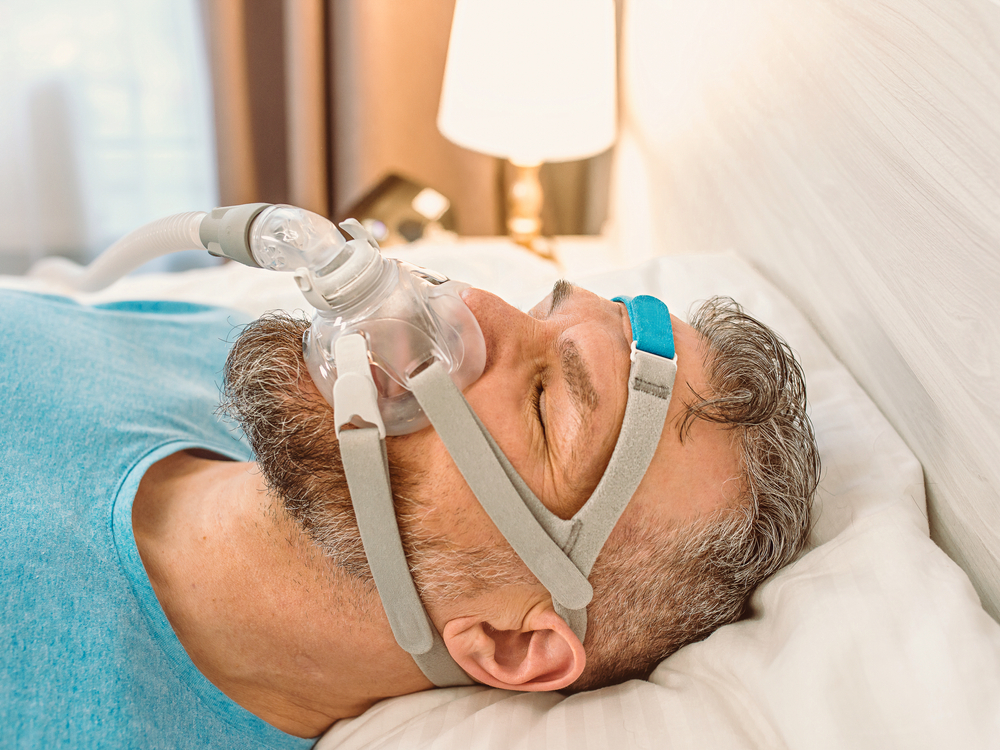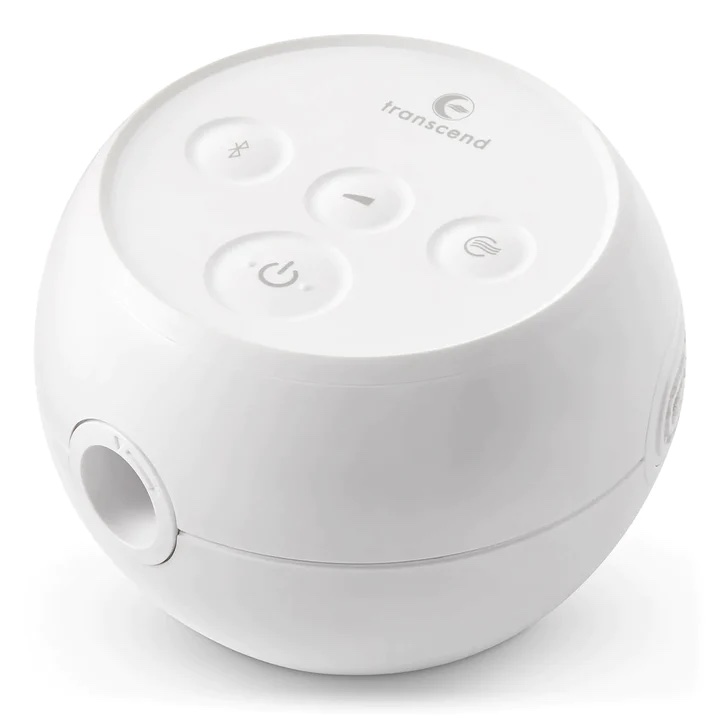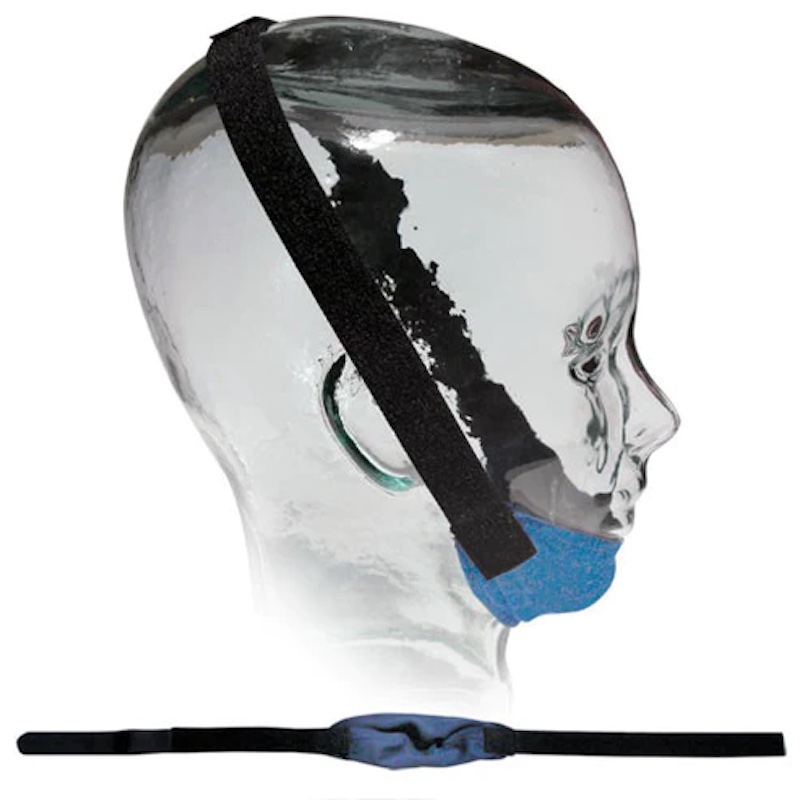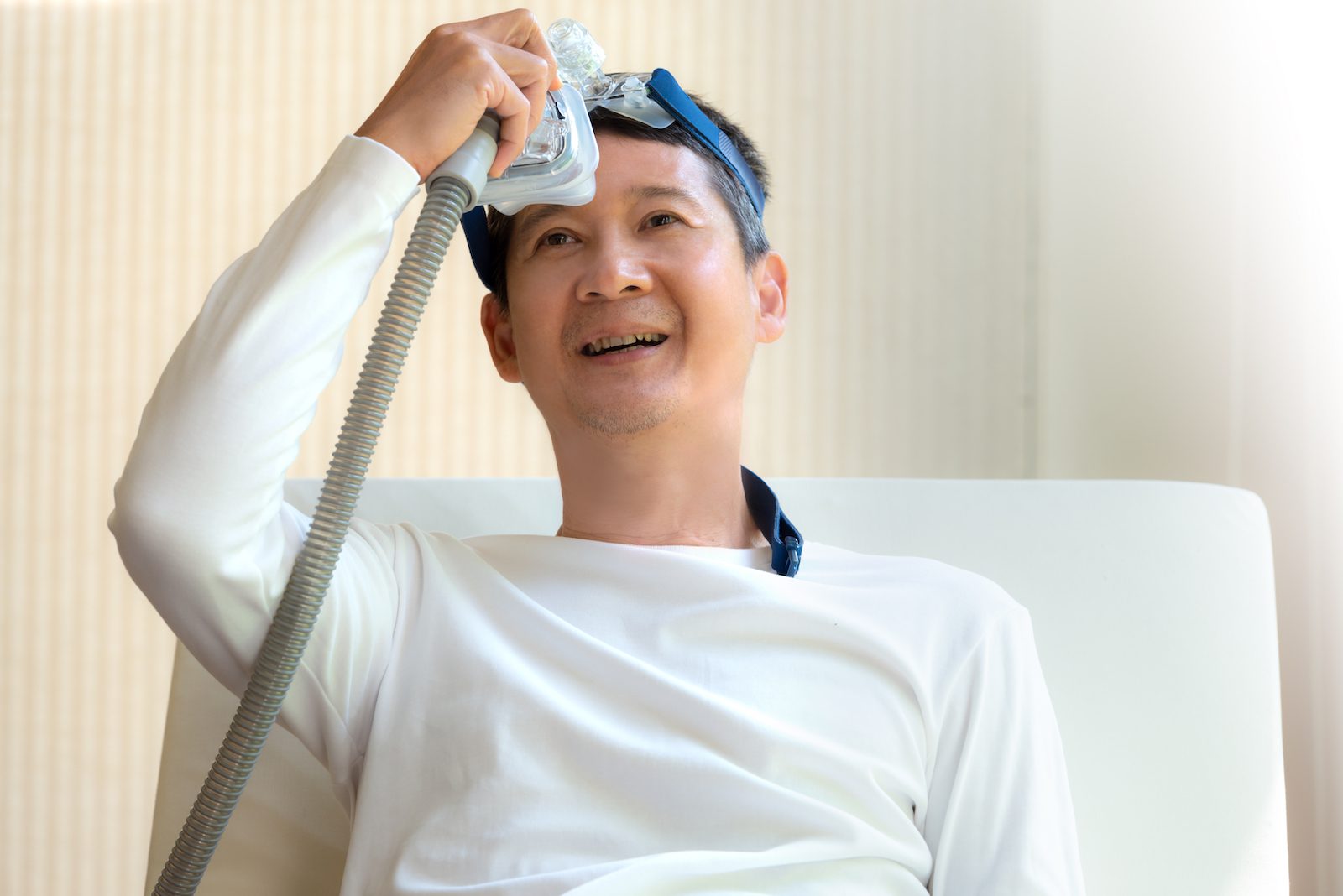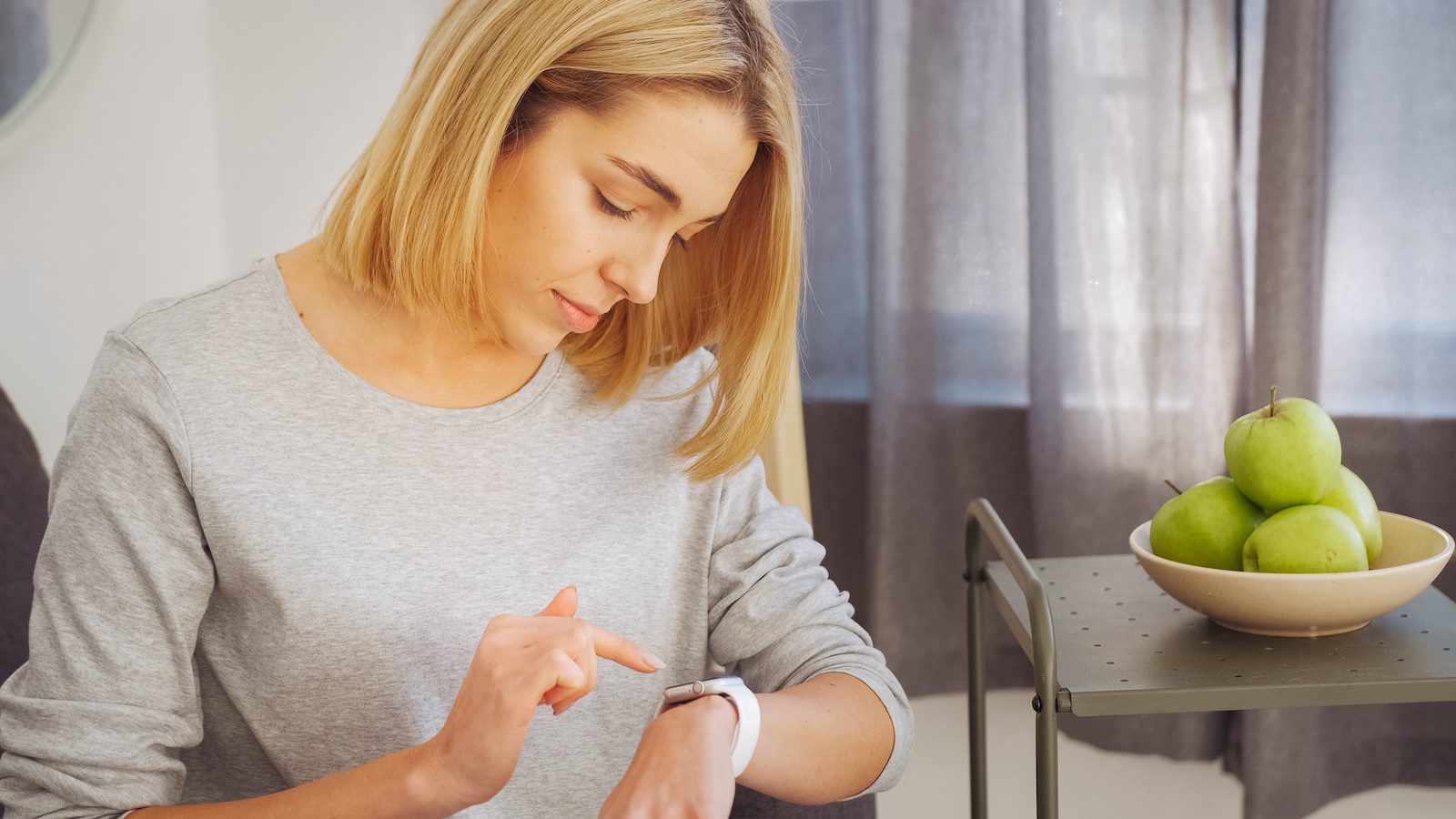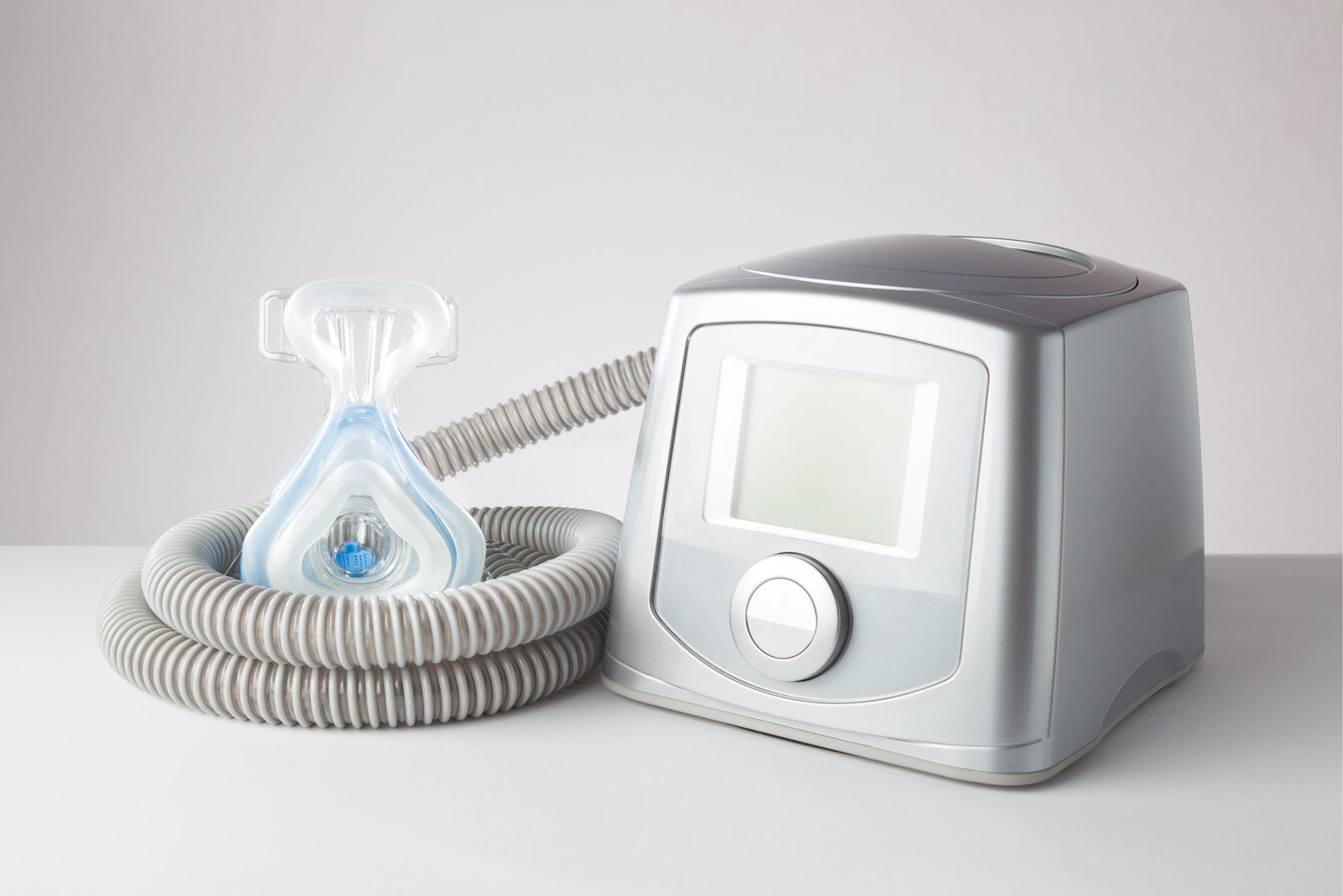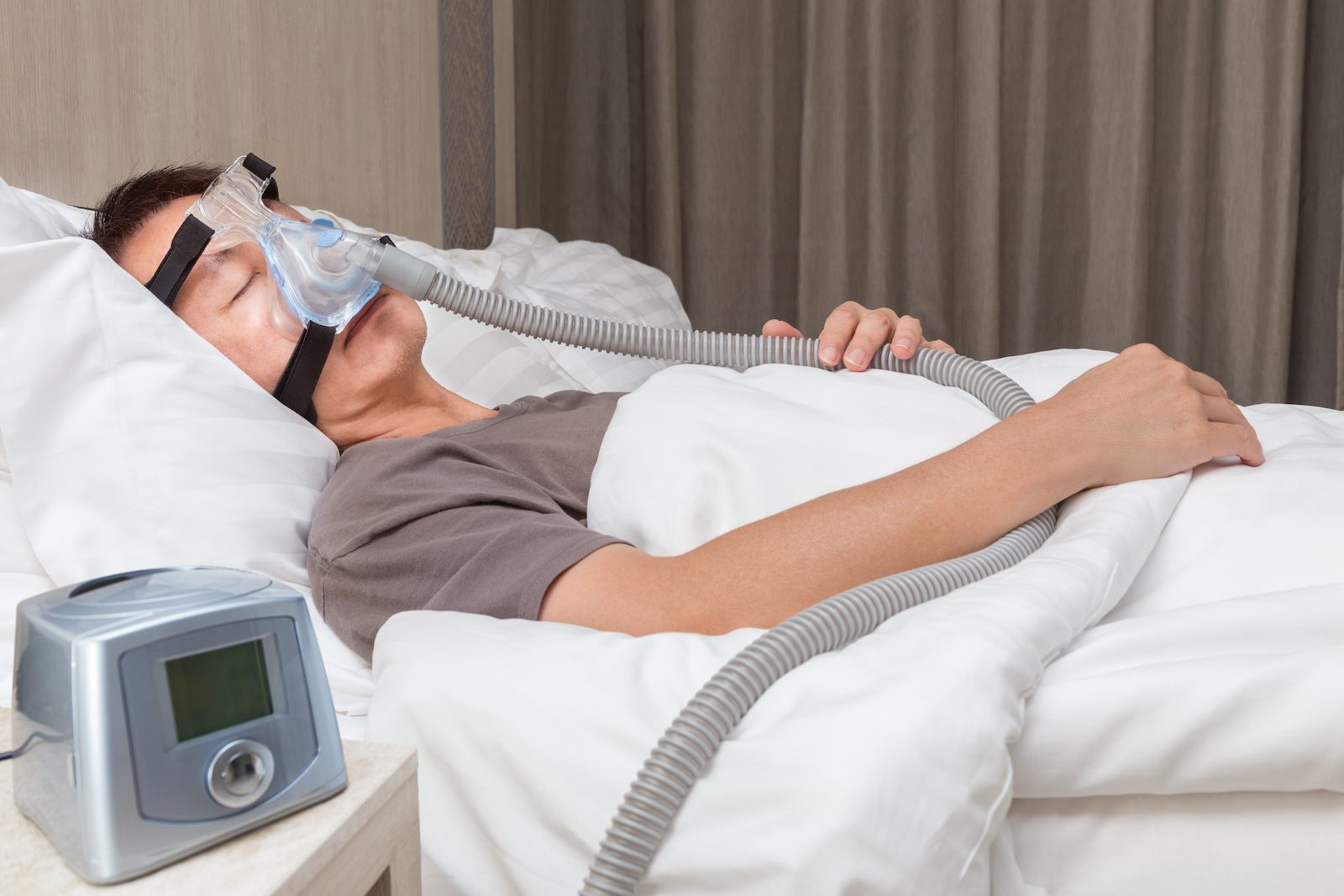Positive airway pressure (PAP) therapy is the leading treatment for obstructive sleep apnea, a condition characterized by shallow or halted breathing during sleep.
PAP machines use pressurized air to facilitate unobstructed breathing during sleep. Unlike the fixed air pressure level delivered by continuous positive airway pressure (CPAP) machines, automatic positive airway pressure (APAP) machines use sensors and algorithms to determine the appropriate air pressure level from breath to breath.
We’ll walk you through the basics of APAP machines, including how they work and how they compare with CPAP therapy.
How Does an APAP Machine Work?
Like other types of PAP machines, APAP devices filter and pressurize air from the room before delivering that pressurized air to the user via a hose and a face mask.
Sometimes called auto-adjusting CPAP or auto-CPAP, APAP machines use algorithms that turn raw sensor data into usable information about what air pressure level the machine should generate. Since each manufacturer uses a different algorithm, APAP machines can differ significantly between different makes and models. People prescribed APAP therapy can work with their doctor to find the model that works best for their unique needs.
What’s the Difference Between a CPAP and an APAP Machine?
CPAP machines are programmed with a fixed air pressure level that is determined through a CPAP titration study conducted at a sleep clinic. APAP machines calculate the correct pressure level throughout the night by applying an algorithm to data collected by the device.
While some modern CPAP machines have a pressure relief feature that gently lowers the air pressure during exhalation, the air pressure level used while inhaling does not change. APAP machines, by comparison, change air pressure levels from breath to breath so that the pressure remains at the lowest effective level. Some APAP machines also have optional pressure relief features.
Some people find APAP treatment more comfortable than CPAP therapy due to the lower average air pressure. Others have reported that an APAP machine’s frequently changing pressure levels makes it difficult for them to sleep.
What Are Some Common Side Effects of APAP Therapy?
People who use PAP machines, including APAP machines, sometimes report side effects like sinus irritation, nosebleeds, dry mouth, and facial discomfort from their mask. However, these side effects may be alleviated by choosing the right PAP accessories.
For people who experience dry mouth and nasal irritation, adding warmth and moisture to the pressurized air with a heated humidifier may ease this discomfort. Many APAP machines have integrated humidifiers, but stand-alone units are also available. Heated tubing can also help warm the airflow while minimizing condensation in the tubing and mask.
Speak with your doctor to identify the correct CPAP mask type for your prescribed pressure settings and sleep position. If you’re a side or stomach sleeper and find that your mask becomes dislodged during the night and leads to air leaks, a CPAP pillow featuring cutouts or curves may help ensure a secure mask fit.
Is a Prescription Needed for an APAP Machine?
Like other PAP devices, an APAP machine can only be purchased with a prescription from your doctor. APAP machines can be purchased online or from a brick-and-mortar location. If you buy your device online, the retailer will provide clear instructions on how to submit your prescription before purchase.
Does Health Insurance Cover APAP Machine Costs?
While APAP machines are classified as durable medical equipment for insurance purposes, health insurance companies vary in how they handle PAP coverage.
While some insurers reimburse therapy device costs — subject to deductibles and out-of-pocket limits — others require that you make monthly payments for a machine in a rent-to-own arrangement. In the latter scenario, you may have a limited selection of PAP devices to choose from, which may not include APAP machines. Check with your insurer regarding your plan’s coverage options.
Can You Use an FSA or HSA for an APAP Machine?
You can use a flexible spending account or health savings account to purchase an APAP machine, as well as accessories like masks and hoses. Many CPAP retailers accept FSA and HSA debit cards, though some require that you pay out of pocket and seek reimbursement.
APAP Machines
Most APAP machines cost between $600 and $1,600. This is a higher range than CPAP machines but lower than more advanced therapy devices like bilevel positive airway pressure (BiPAP) machines and adaptive servo-ventilation (ASV) devices.
APAP machines usually come with a filter, a power cord, standard tubing, and an instruction manual. Owners are usually responsible for purchasing necessary equipment like a CPAP mask, as well as replacement filters and hoses.
It is essential to double-check machine compatibility before buying APAP accessories. While CPAP masks and standard tubing are compatible with almost all APAP machines, additional accessories like heated tubing or humidifiers may only be compatible with machines from the same manufacturer.
Although cleaning recommendations may vary among manufacturers, most APAP machines can be wiped down with a soft, damp cloth to keep the exterior free of dust and dirt. If your machine has an integrated humidifier, you should empty the water chamber daily and clean it regularly with warm, soapy water.
CPAP masks and tubing should also be washed according to the manufacturer’s recommended cleaning schedule with warm water and mild soap to keep them hygienic and in good working condition.
Still have questions?
Sleep apnea products can be confusing. If you need individualized assistance, send us an email at [email protected] with your questions and we'll help find the best fit for you.


